Miniature Library - How to Make a Tiny Bookcase
by FrauMartina in Craft > Books & Journals
17319 Views, 115 Favorites, 0 Comments
Miniature Library - How to Make a Tiny Bookcase
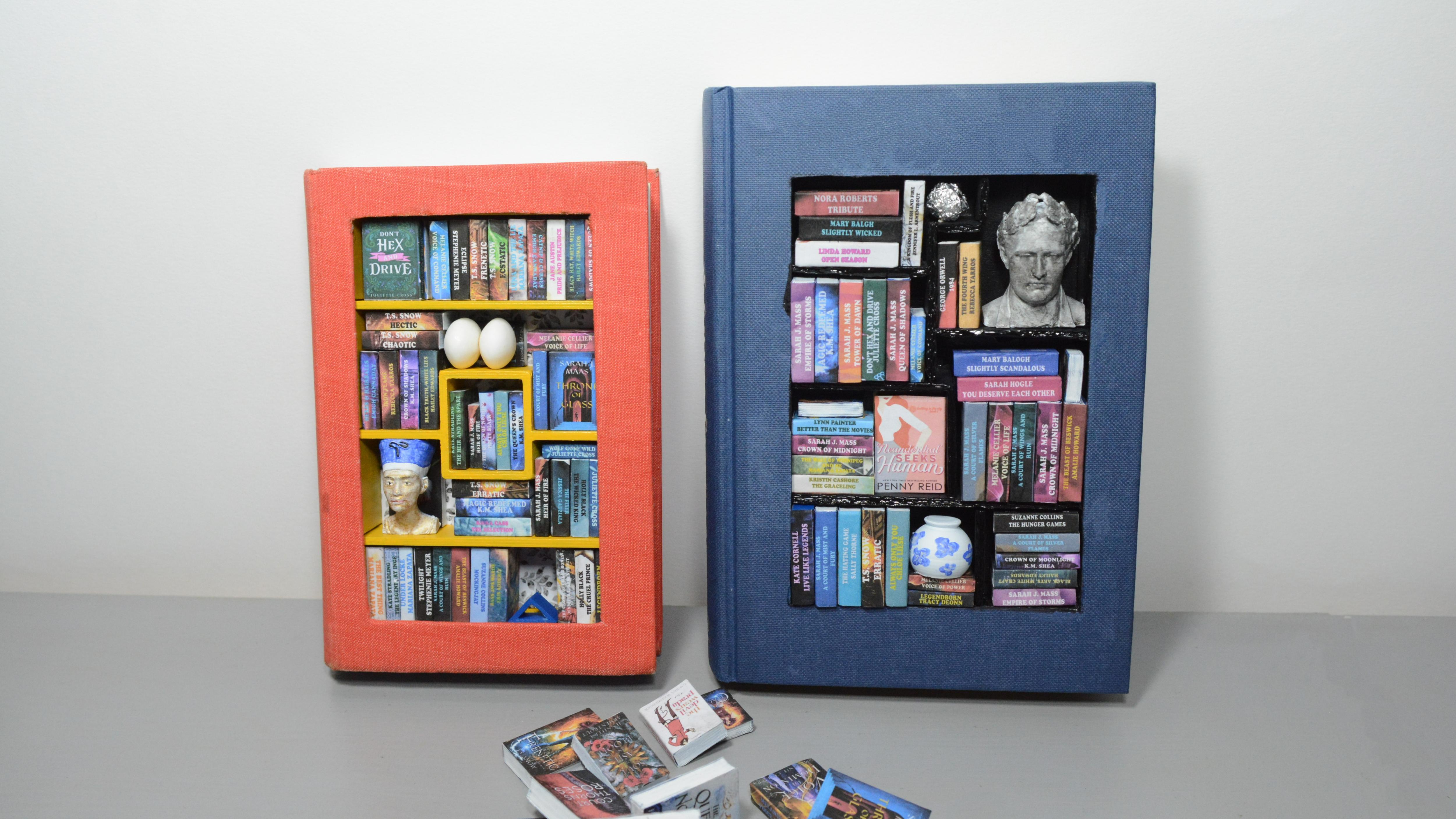
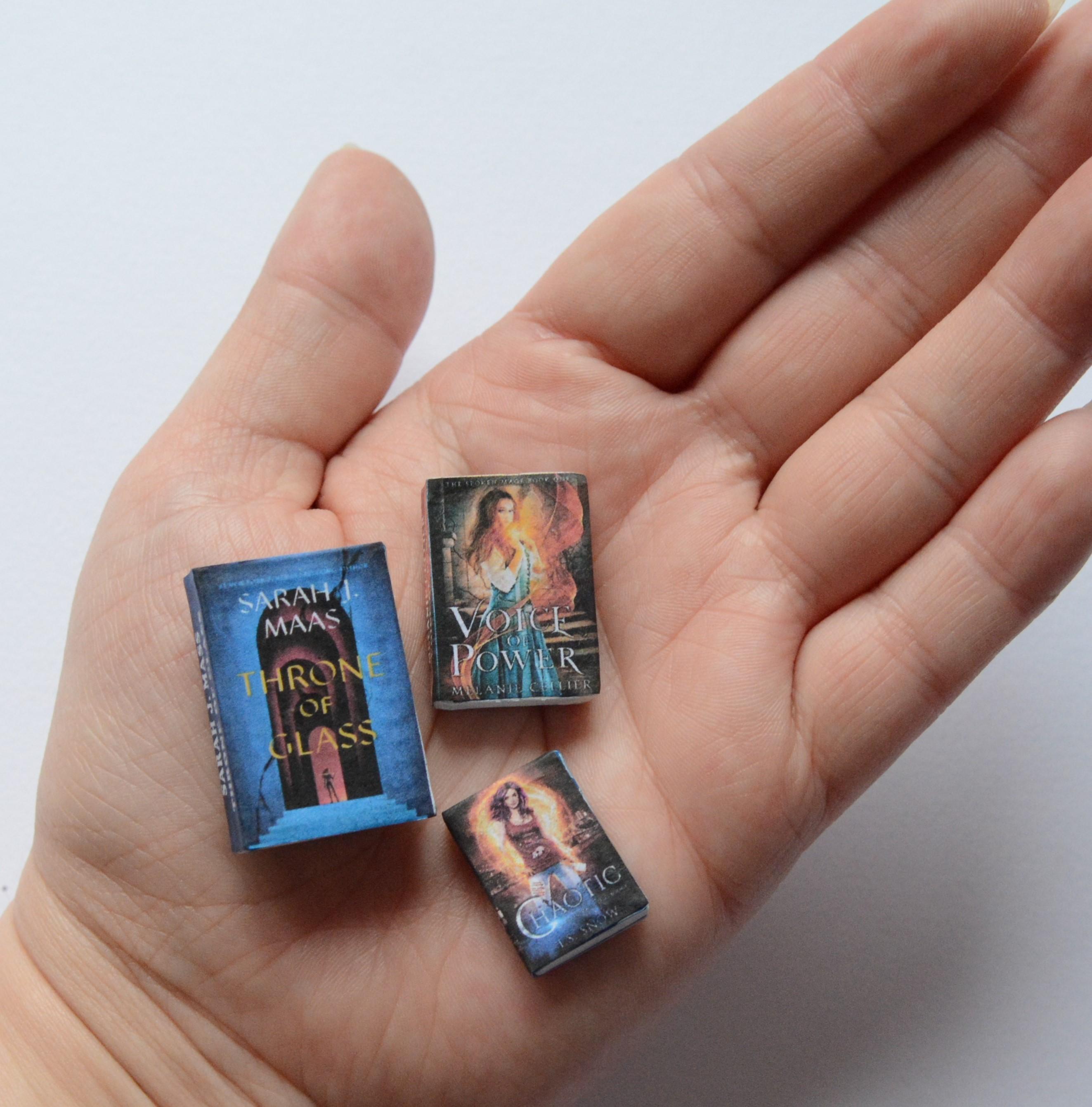
Learn how to create miniature bookcases by repurposing old and unwanted books.
It's a great project for people who don't have space for real books or prefer to borrow from the library or only read e-books. This is a very cute way to archive and showcase any and all books that have been read in a course of a year (you might need to scale up if you read a lot) or maybe books that you have on your "to be read" list.
I can't own real books (allergic to dust mites) and have to rely on e-books, so this miniature bookcase is a great visual reminder in case I want to re-read a book and don't remember the title.
This project could also be a fun alternative to the newest "bookshelf wealth" trend that's been raging on social media, where you are supposed to showcase your bookshelves filled with books and trinkets and arranged in an aesthetically pleasing way. So, if you live in a small apartment or can't be around real books, you can make this miniature bookshelf instead.
Supplies
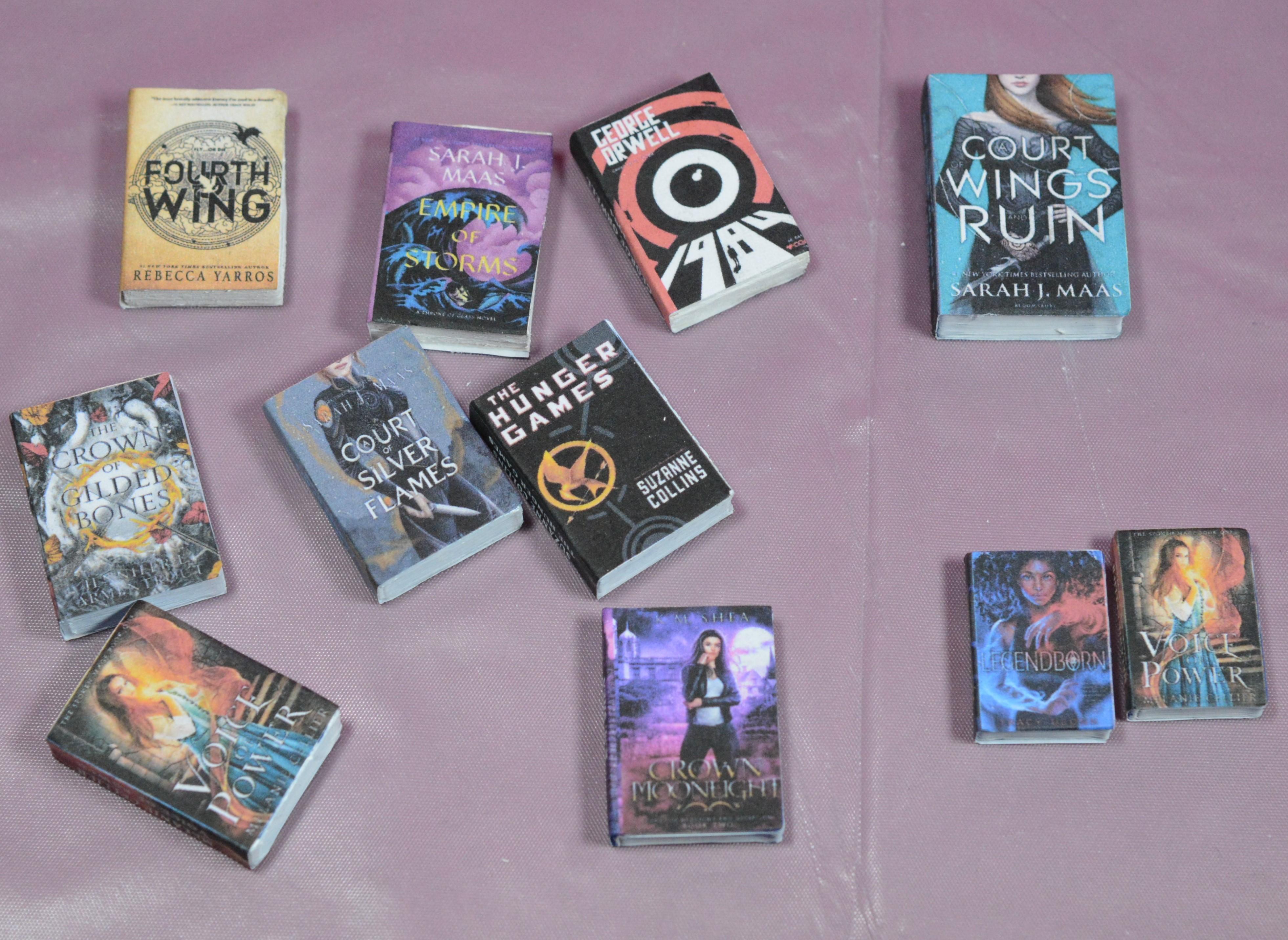
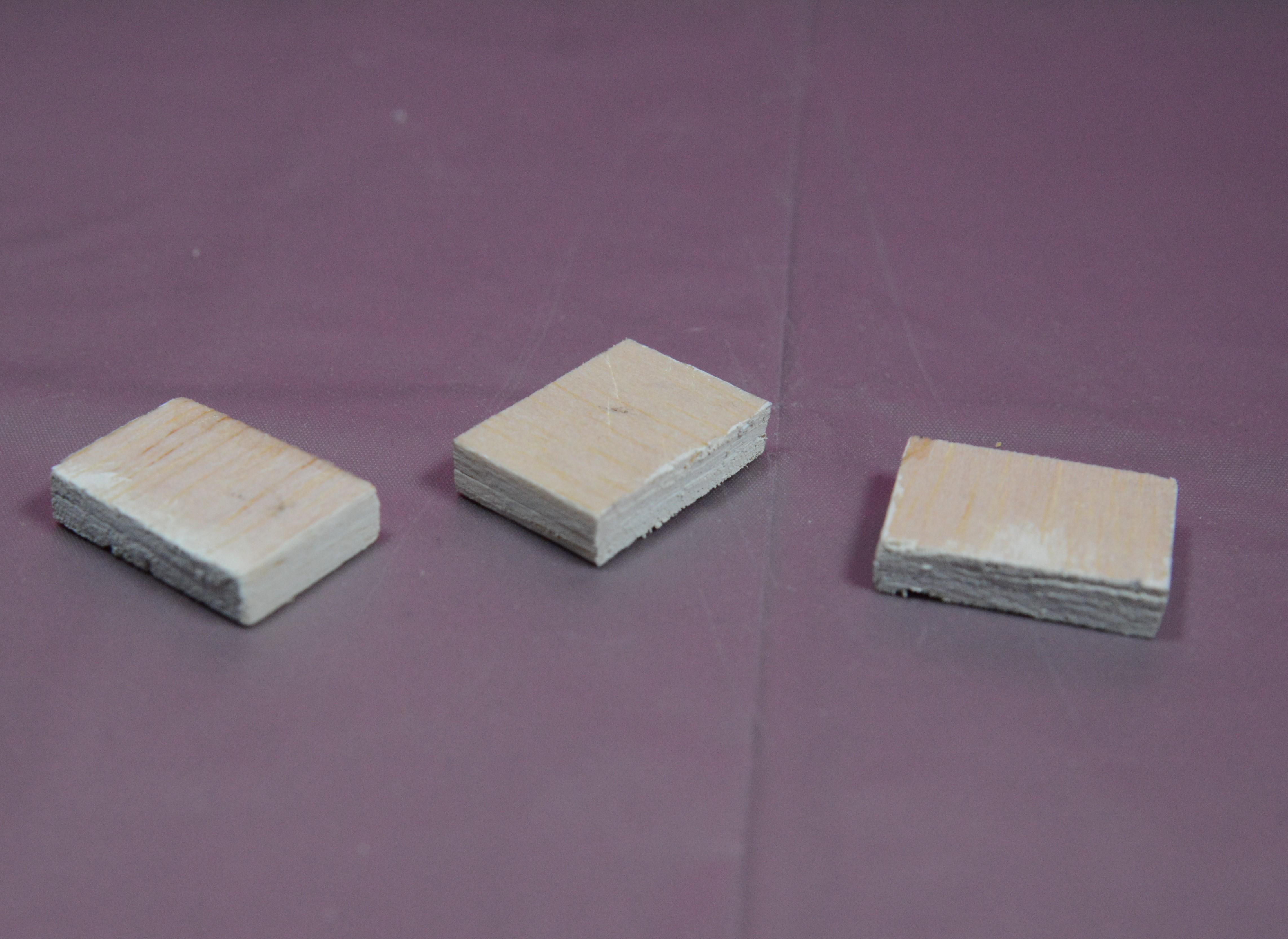
To make miniature books you will need:
- free adobe express account and free google slides account (or whatever program you have on hand that you are comfortable with)
- printer, scissors, sharp craft knife, glue stick
- balsa wood, laser cutter or a 3D printer to make blank books
- optional- white acrylic paint or correction fluid (to paint the books' sides)
To make the tiny bookcase you will need:
- hardcover book
- craft knife, hot glue or epoxy glue
- PVA glue, acrylic paint
- cardboard or cardstock to make shelves
- you can also 3D print the shelves, it's much easier and neater
- picture frame hooks if you want to hang it on the wall
Set Up Google Slides
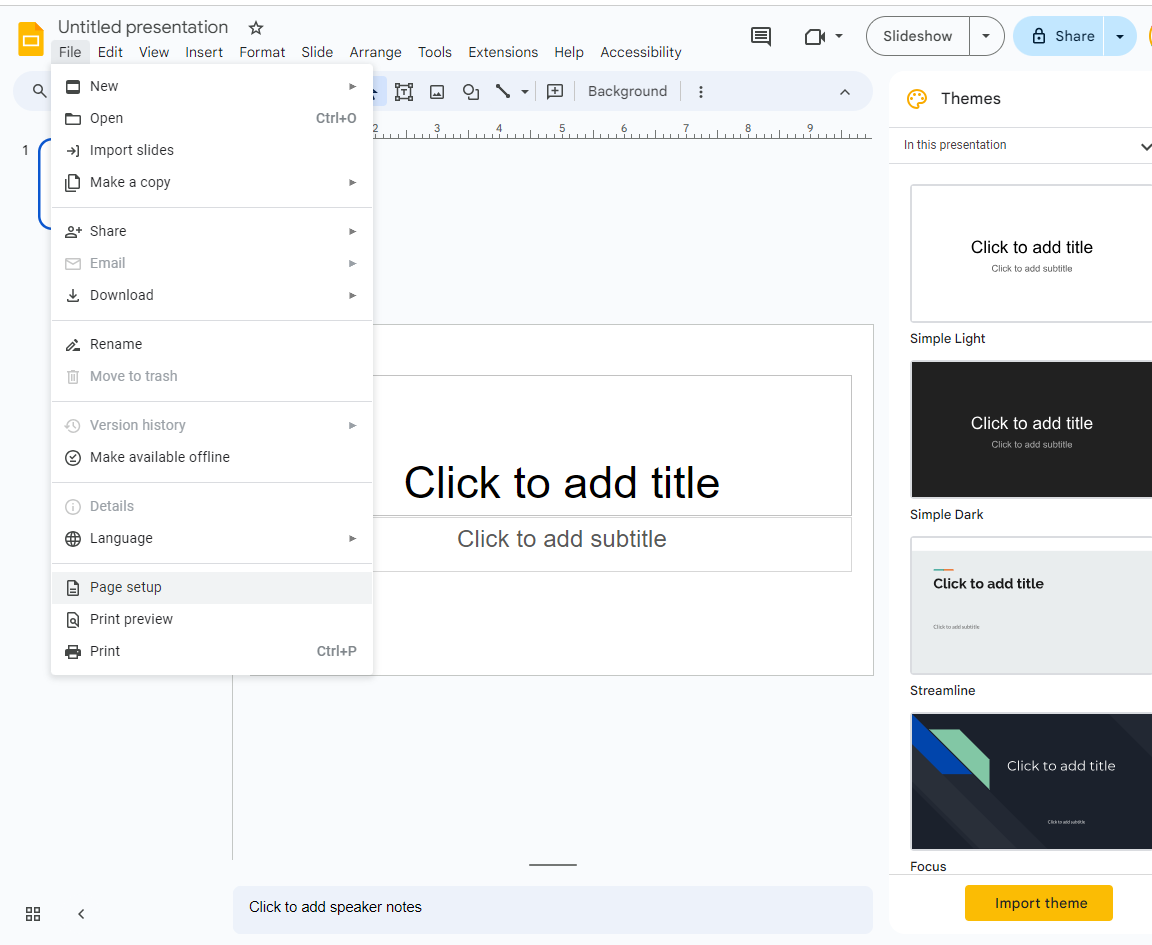.png)
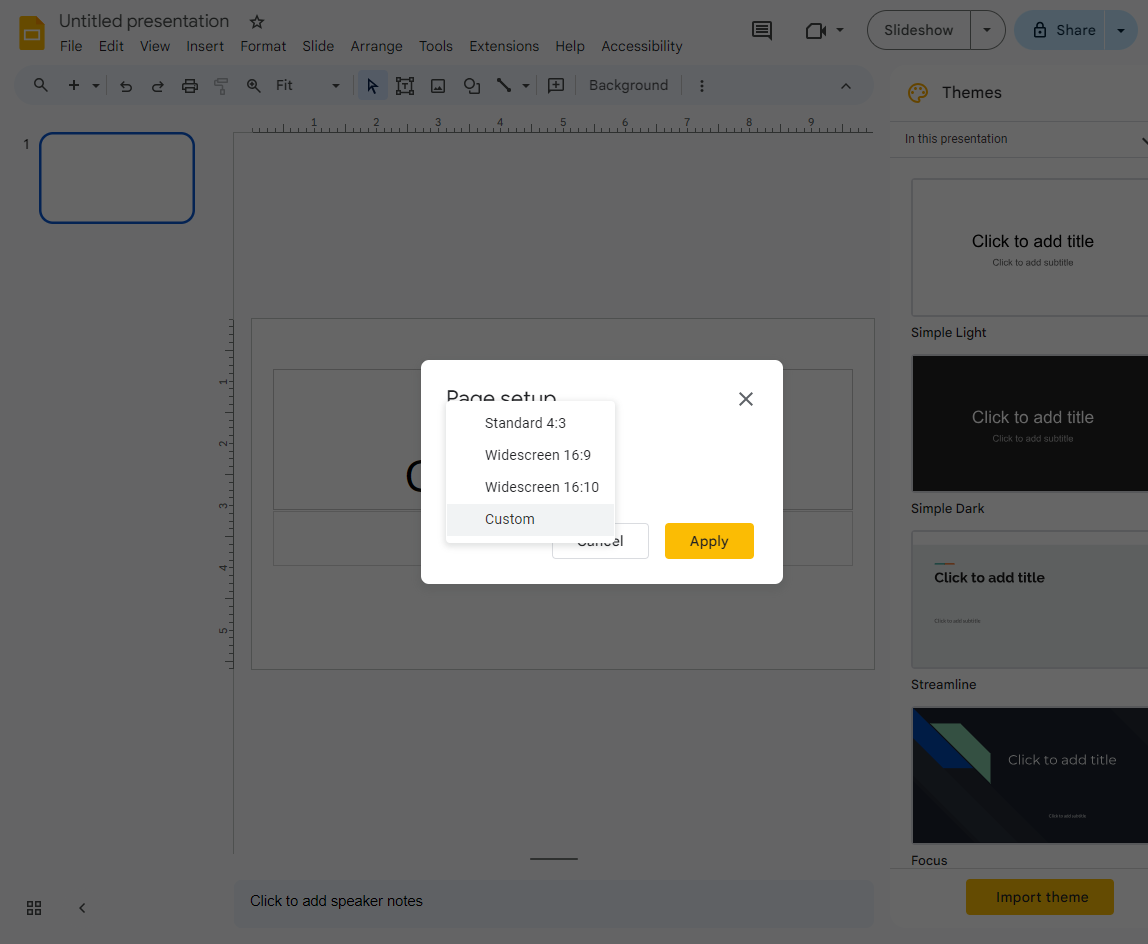.png)
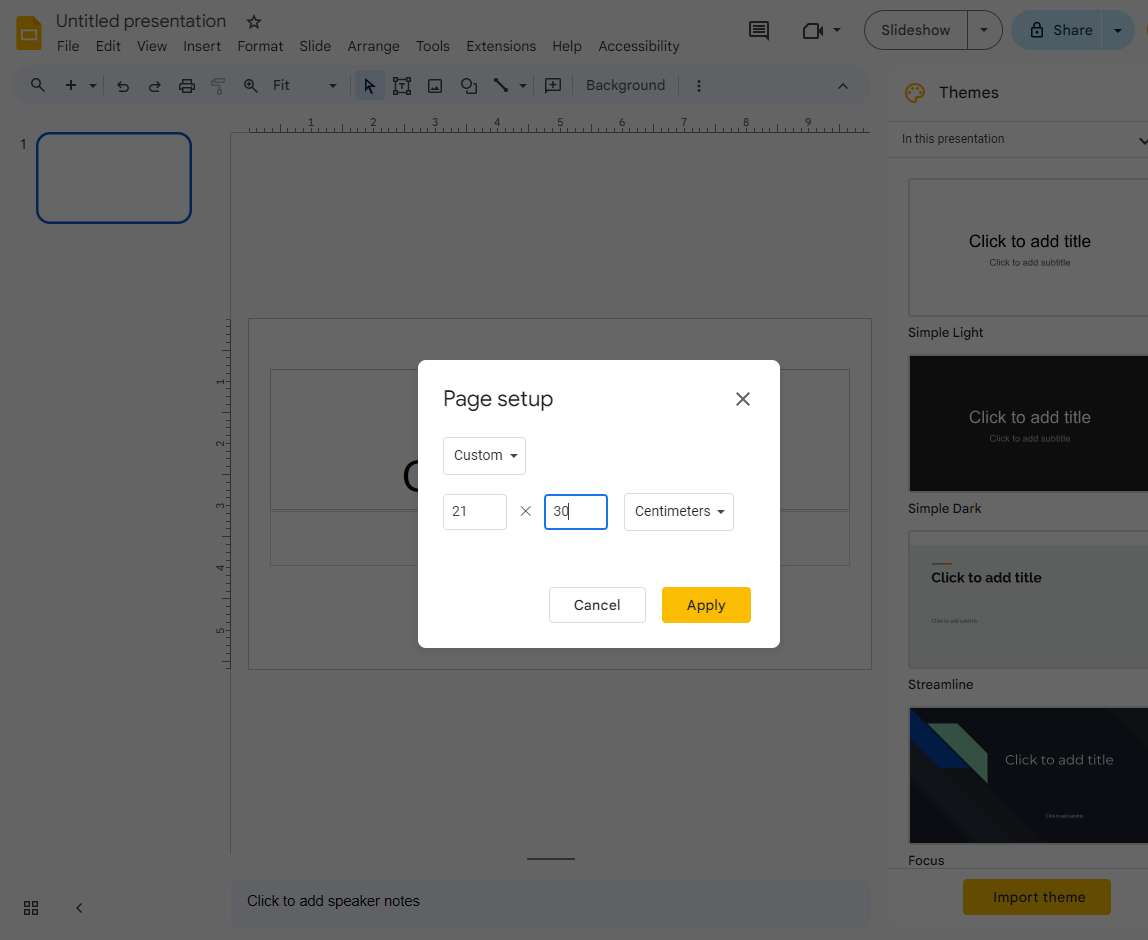.png)
Open Google Slides and sign in (it's free).
Start a new, blank presentation.
Click on File in the left upper corner and select Page setup.
Select Custom.
Change to 21 X 30 Centimetres and click Apply.
*This has to be your first step, as it will determine the size of your working page. 21 x 30 cm is the size of a printer paper, so that way, whatever you print will be the correct size.
Book Cover Scale Down
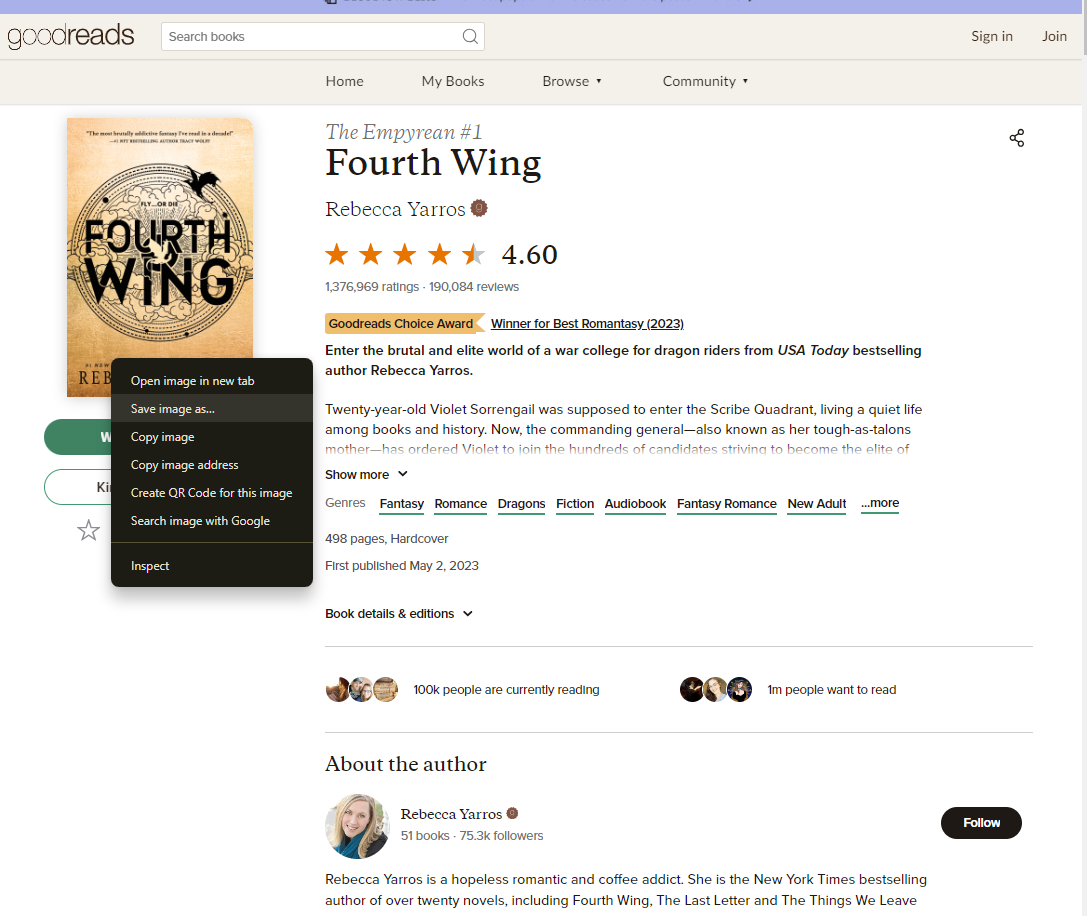.png)
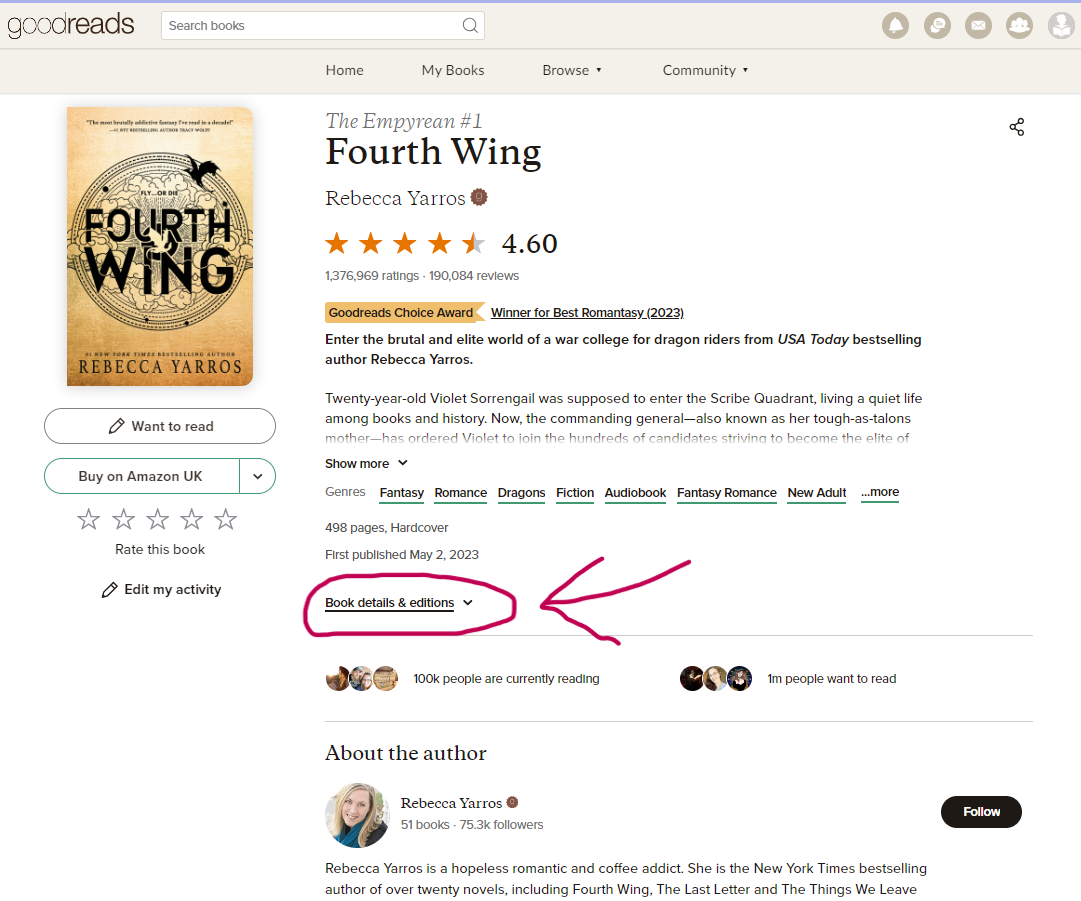.png)
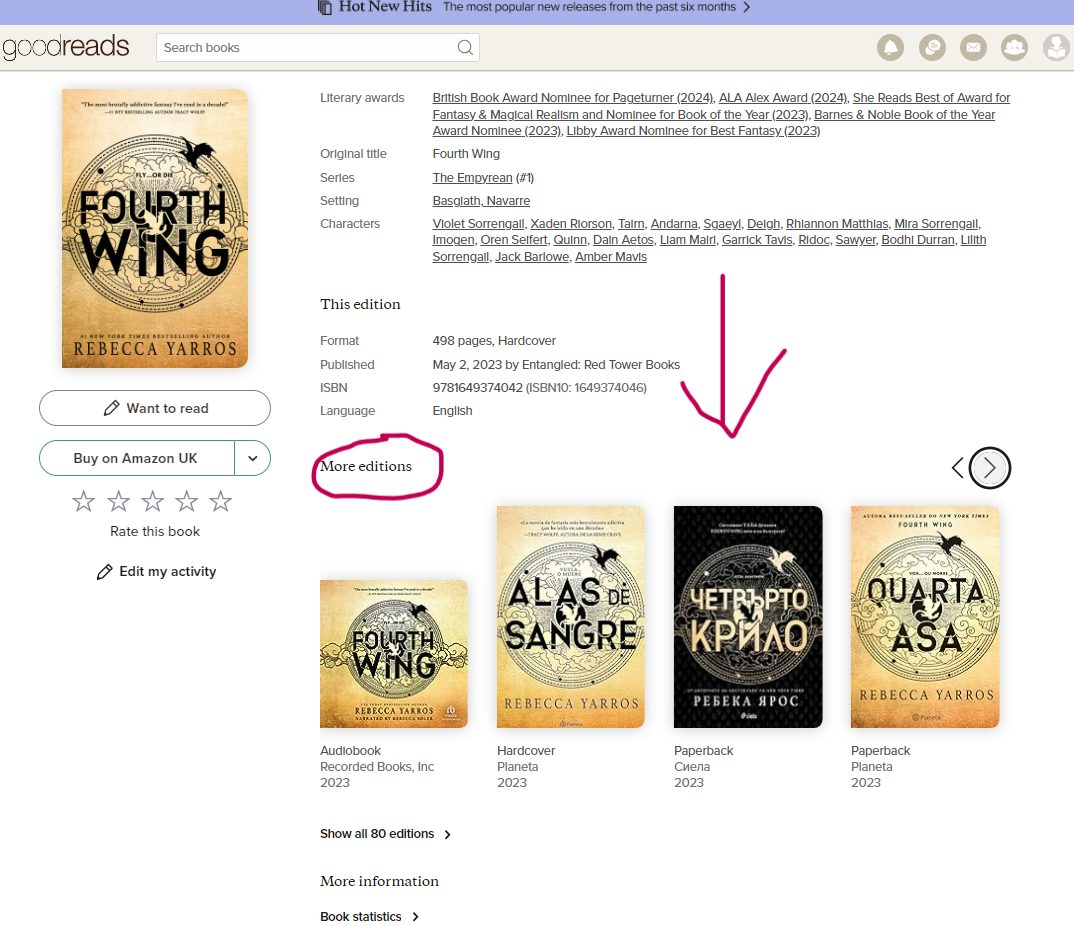.png)
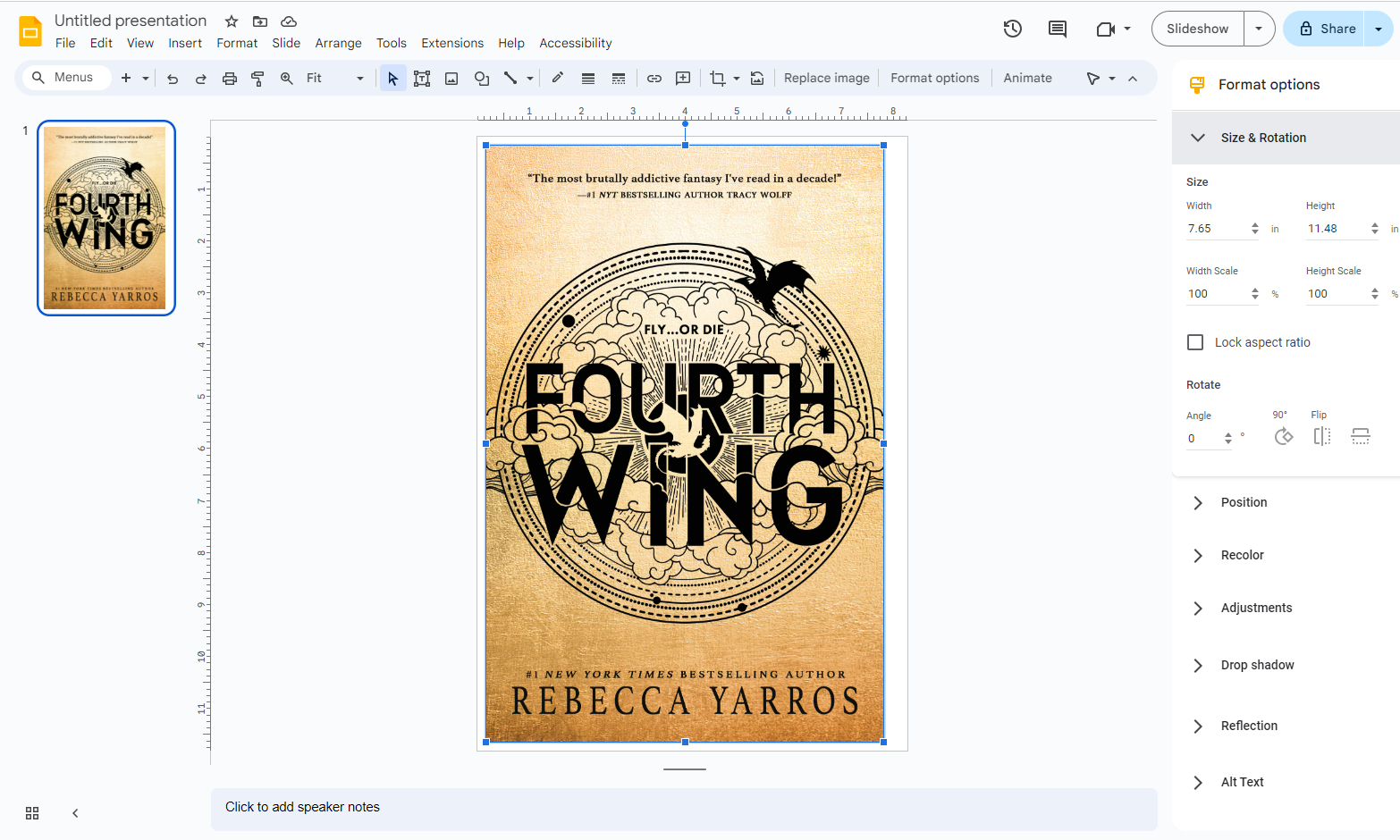.png)
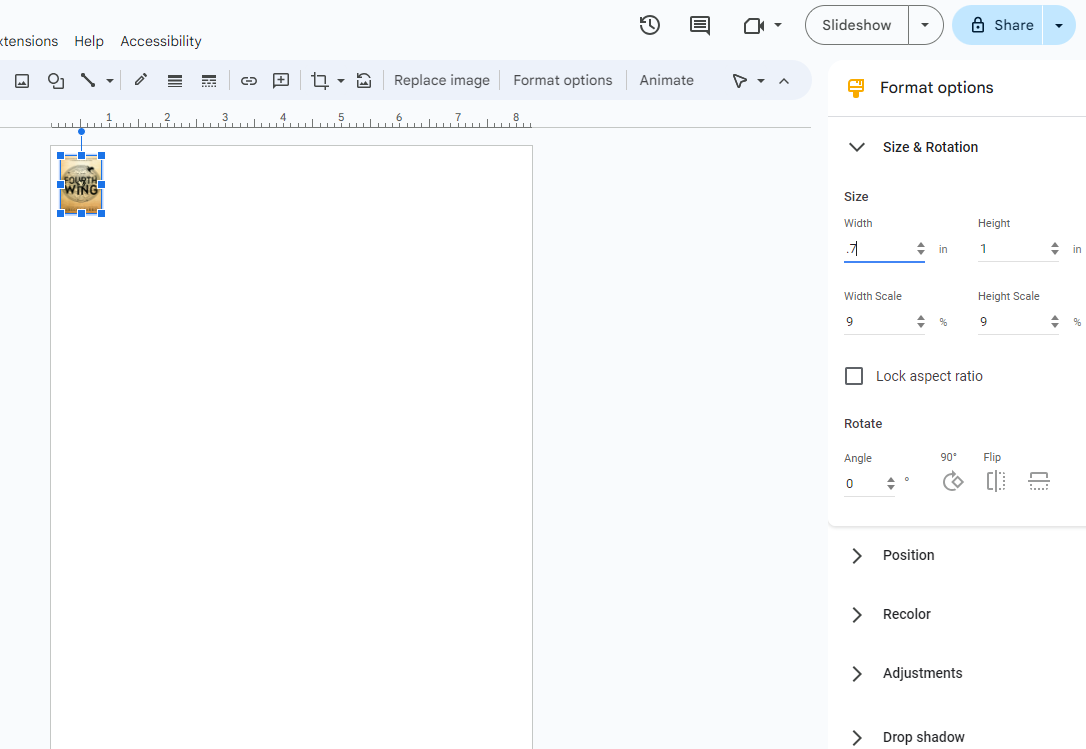.png)
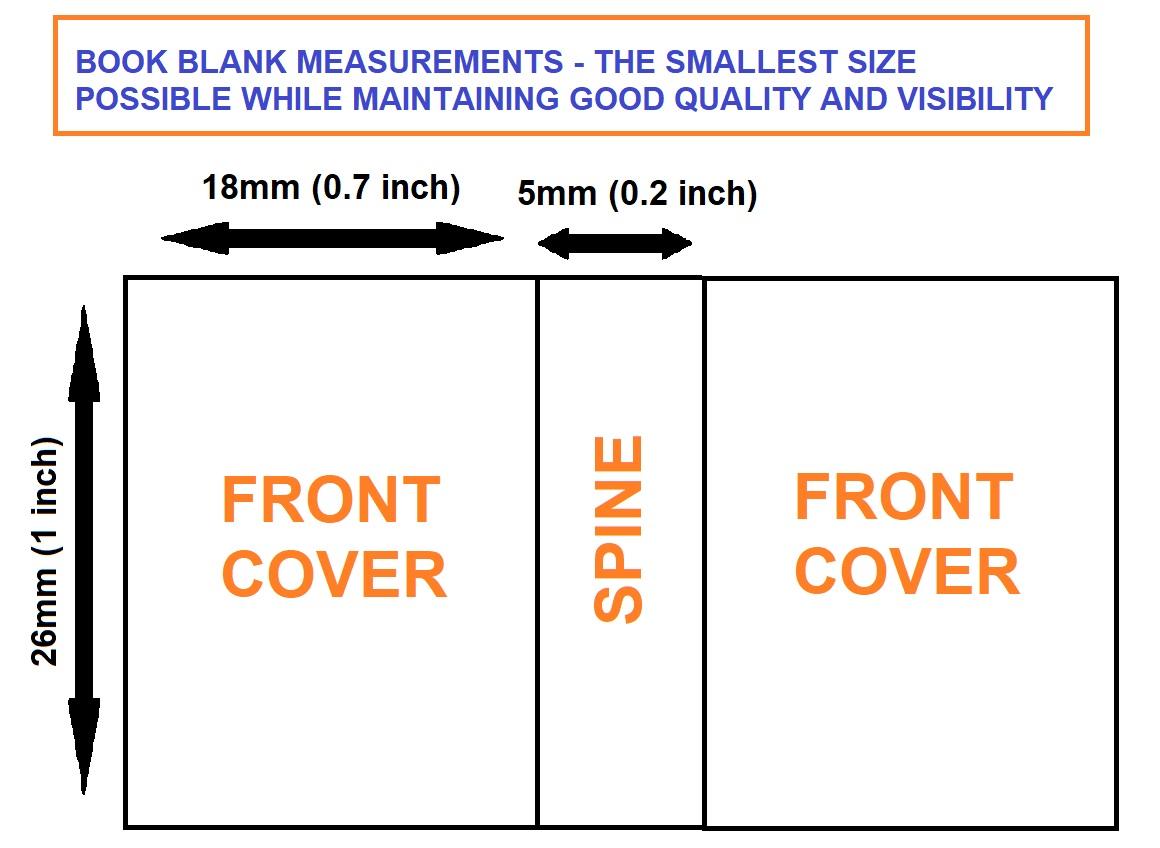.jpg)
Find your book cover picture and download to your computer. The easiest and quickest way is to use Goodreads, as they have good quality cover pictures that can be downloaded as jpg. There is an option to download older editions and for more popular, translated books, you can also find book covers in other languages.
Drop your cover jpg to the Google Slides and click Format Options in the tool bar. Then click on on Size&Rotation and scale the book cover down to your chosen size.
I wanted my book covers and spines to be clearly visible, identifiable and readable. So, for that reason I decided to make my books no smaller than 1 x 0.7 inch, and they are between 0.2 and 0.3 inch thick.
Spine Colour
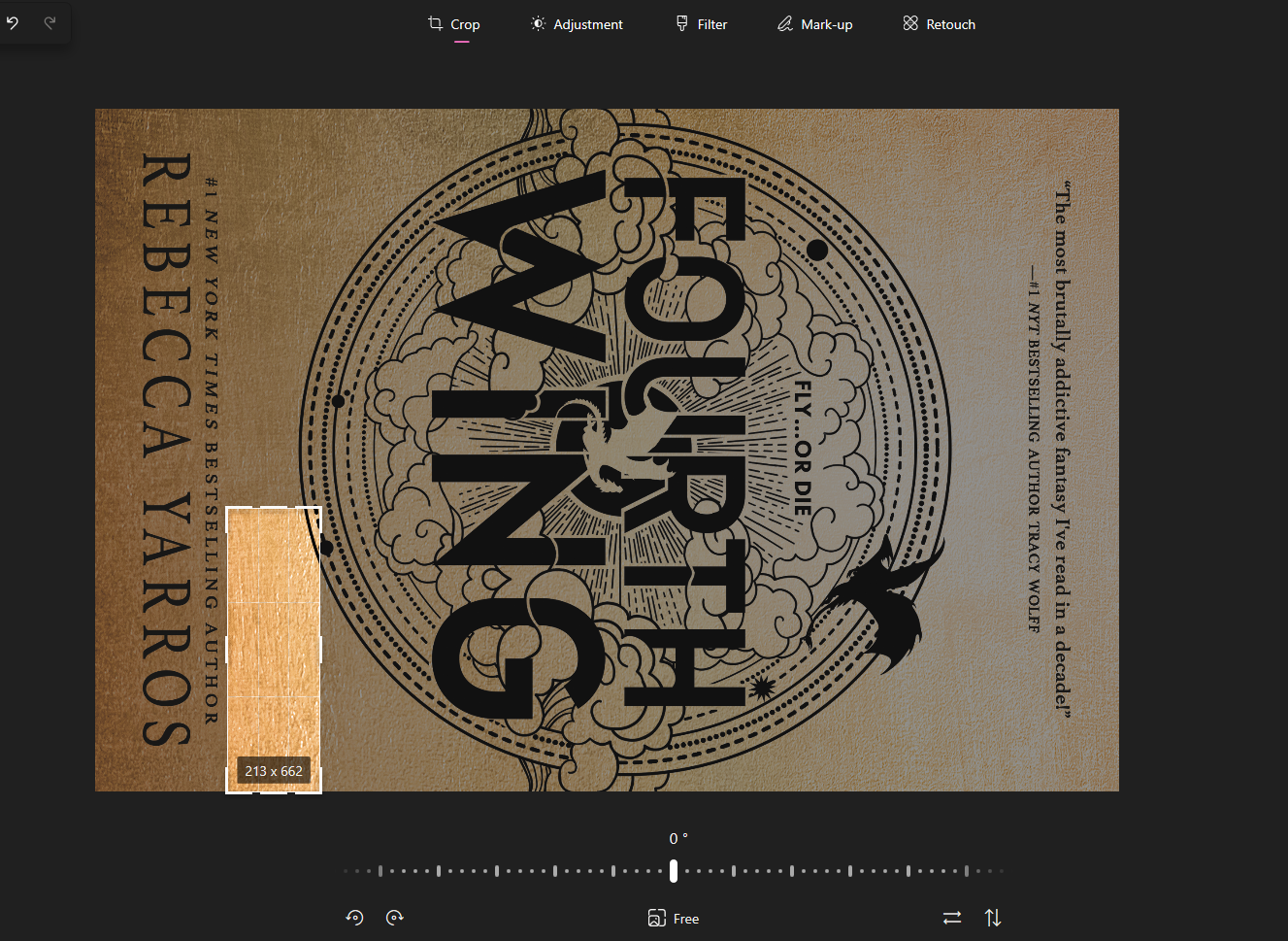.png)
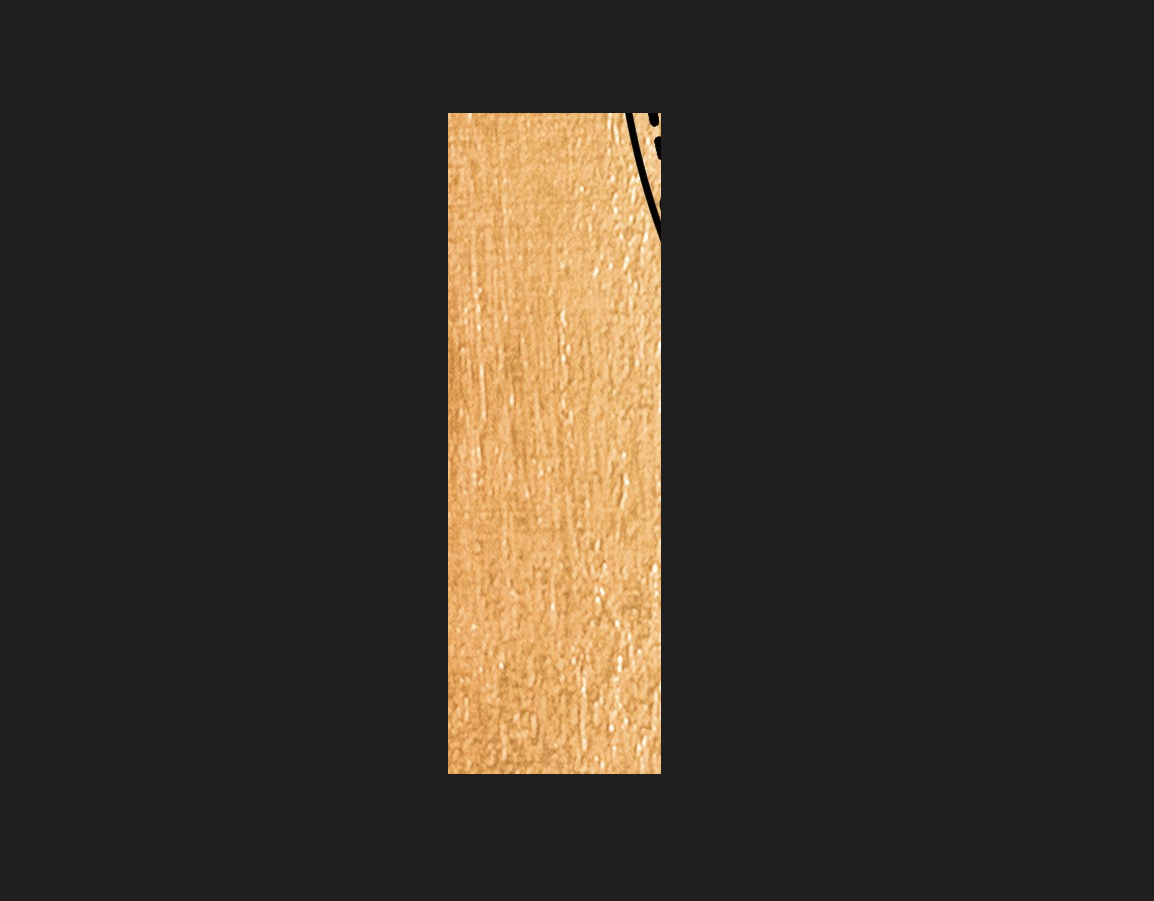.png)
I wanted my spines to have the same or similar colour scheme to the cover. The fastest way for me was to open the cover picture in an image editor and crop a small, plain part of that picture and then use that cropped picture to create a book spine.
Book Spines
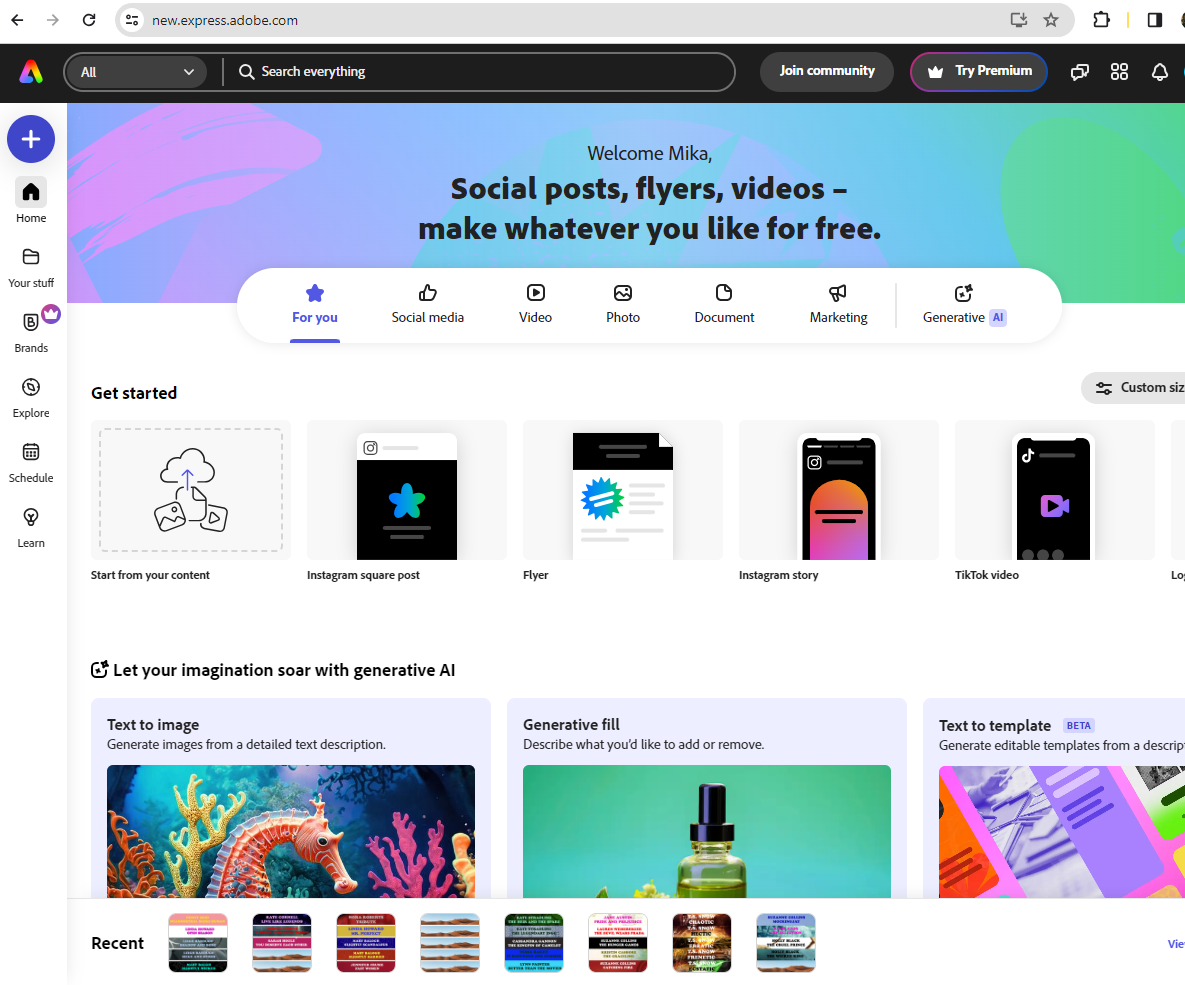.png)
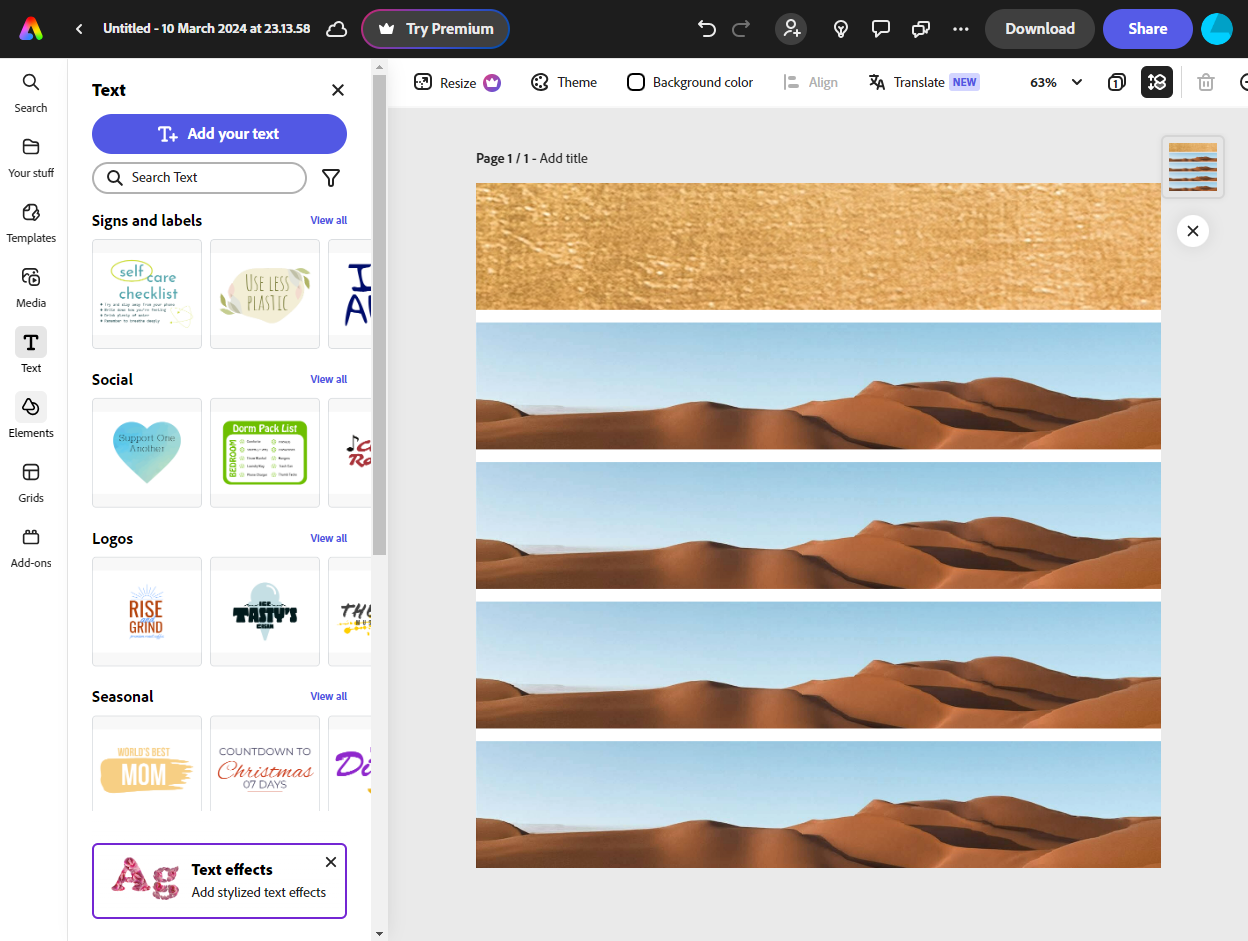.png)
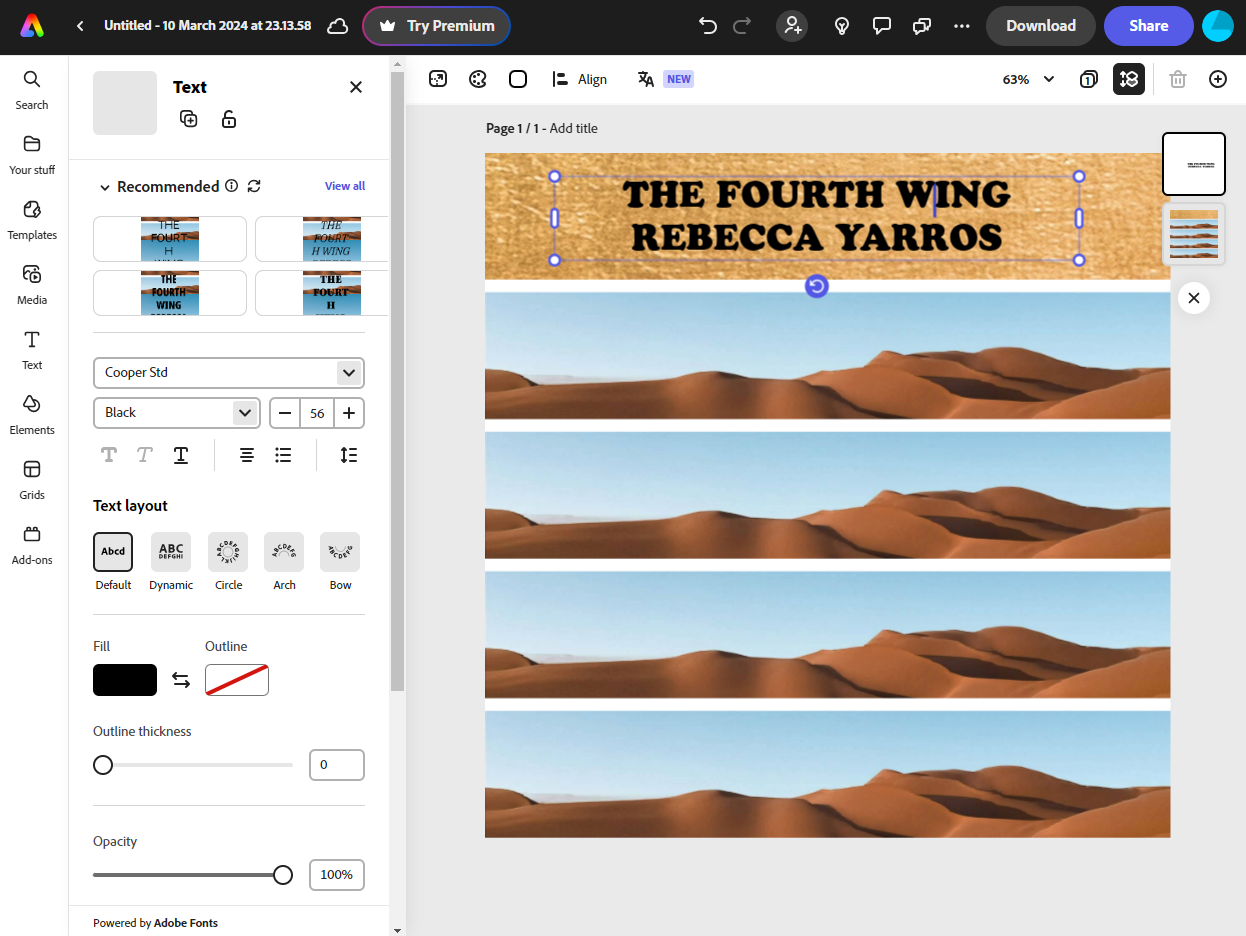.png)
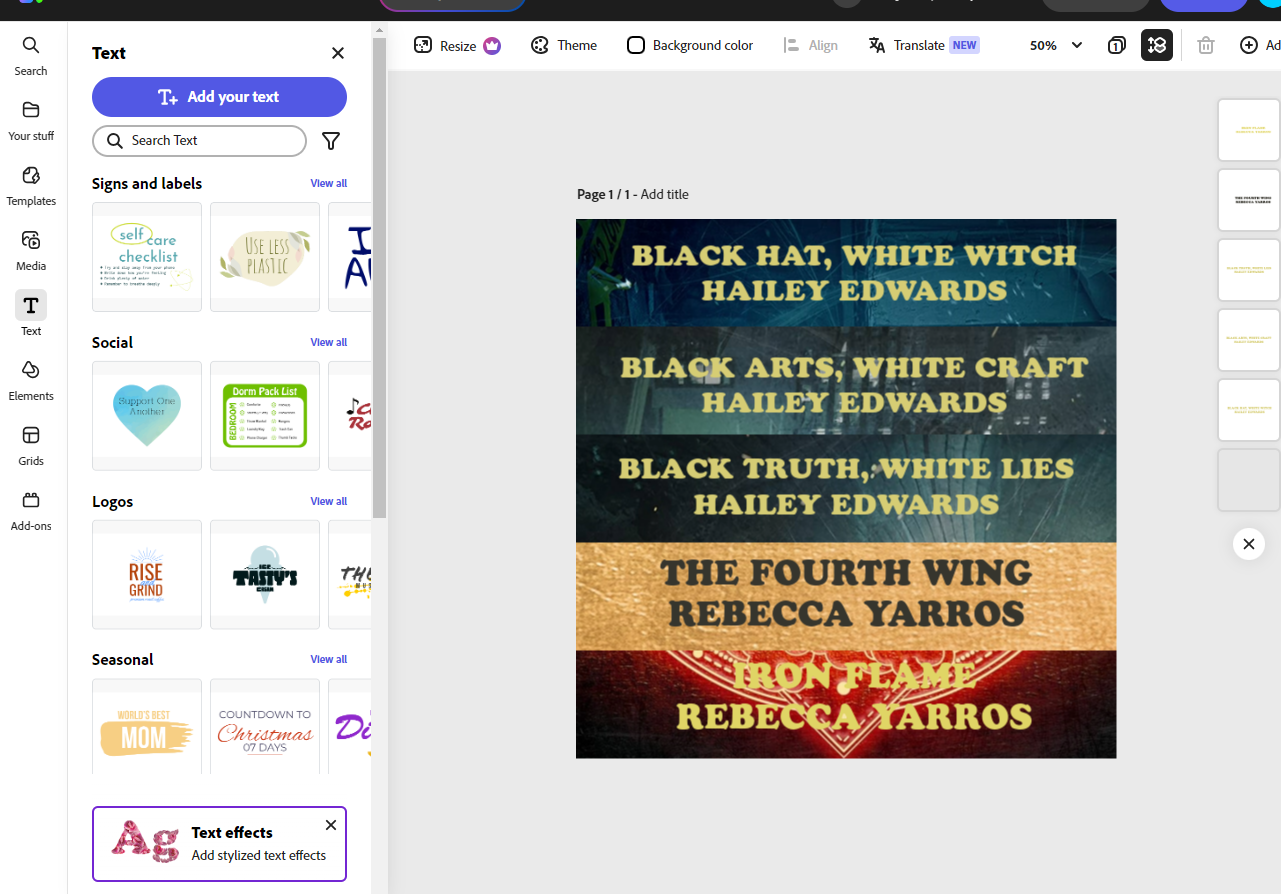
Open Adobe Express, press + button in the top left corner and select 1:1 square.
There is a tool bar on the left side, select Grids and scroll down until you see 5 horizontal pictures. Click on it and enlarge the image until it covers the whole page.
Now you have to replace all 5 stock pictures with your spine pictures and add the titles and authors to the spines.
Download the files to your computer.
Book Covers
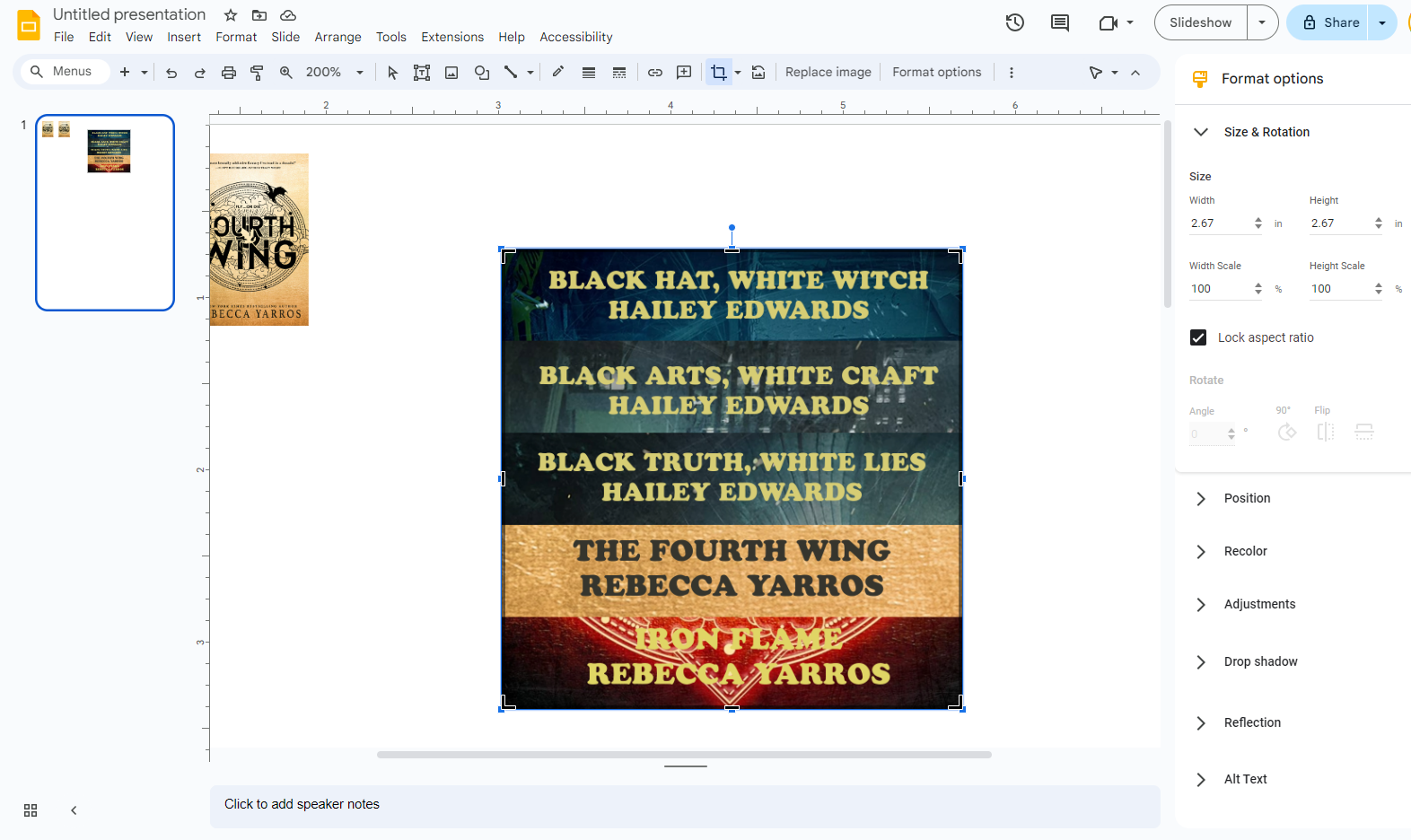.png)
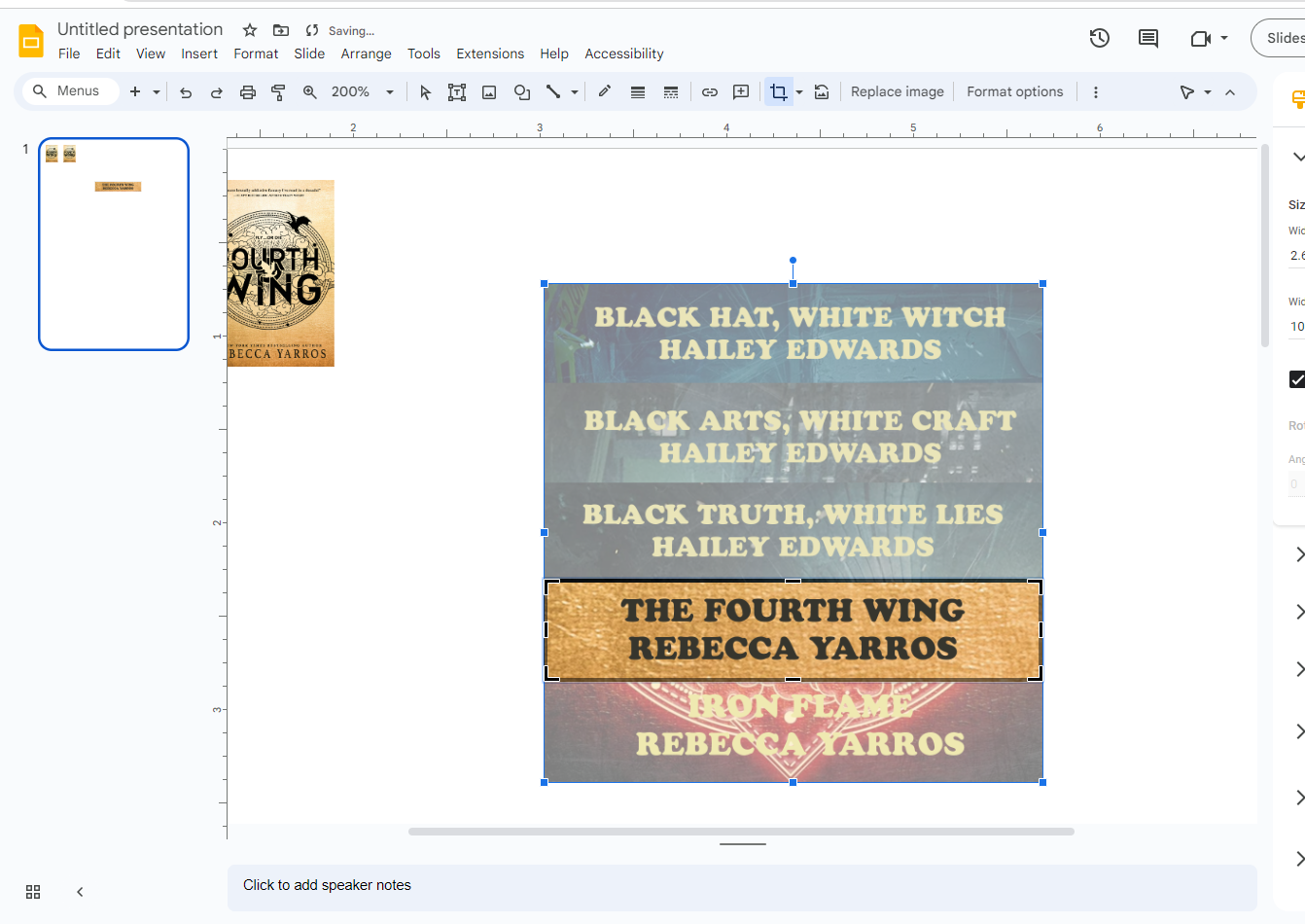.png)
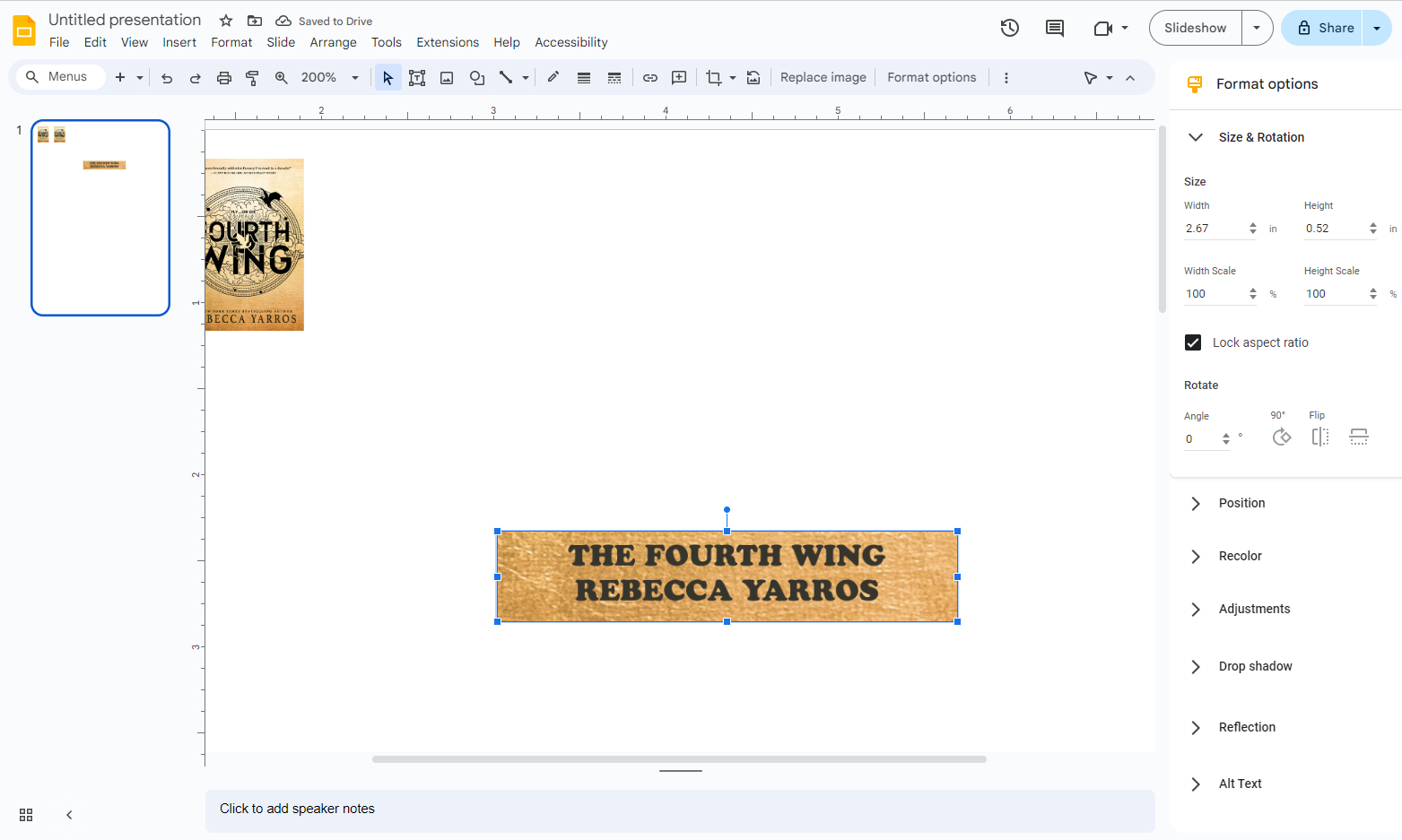.png)
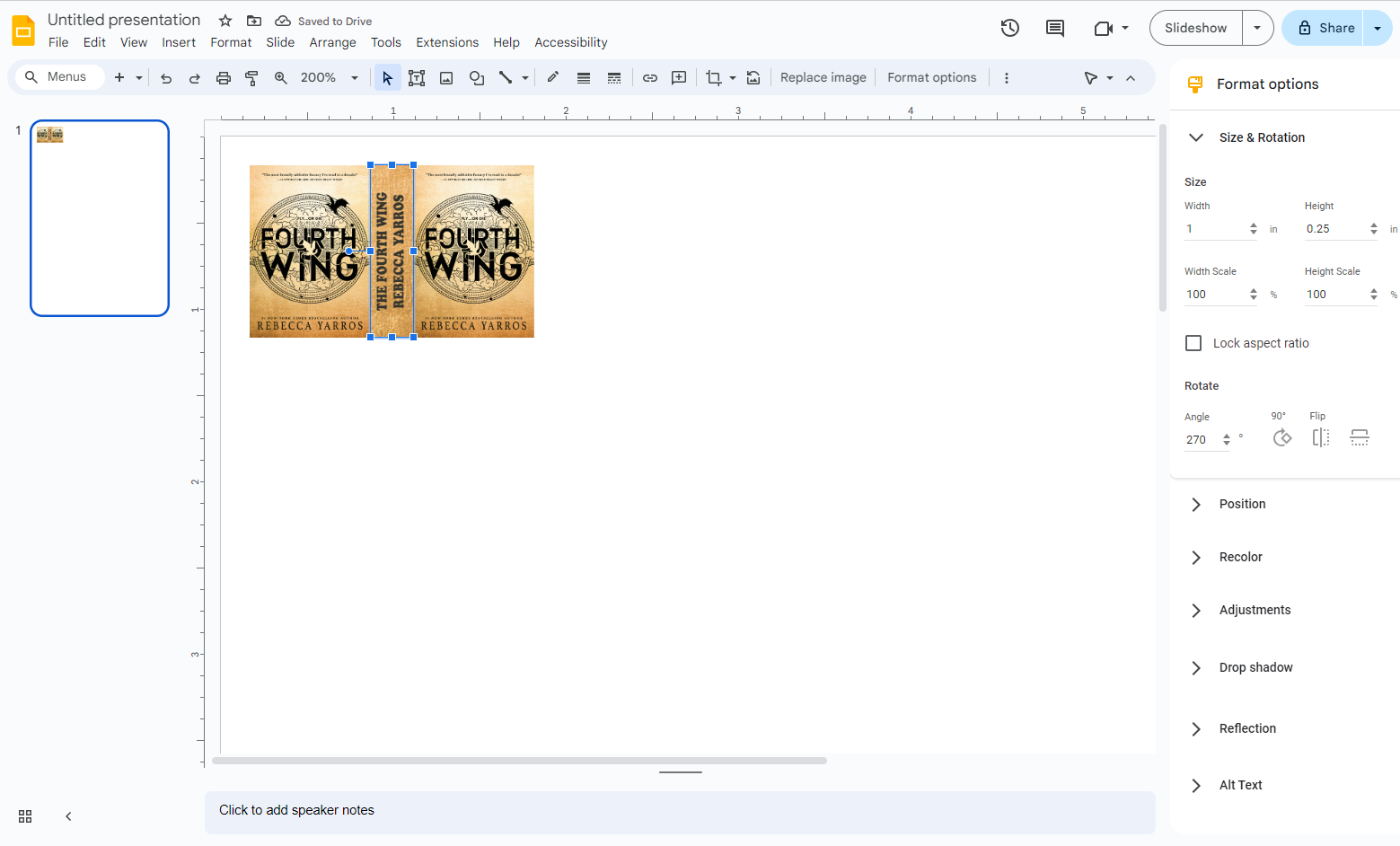.png)
Drag your book spine jpg into the google slides, double click on that picture and crop it until only one individual spine is left. Scale the spine down, turn it around and sandwich it between two book covers.
Print Book Covers & Cut Out
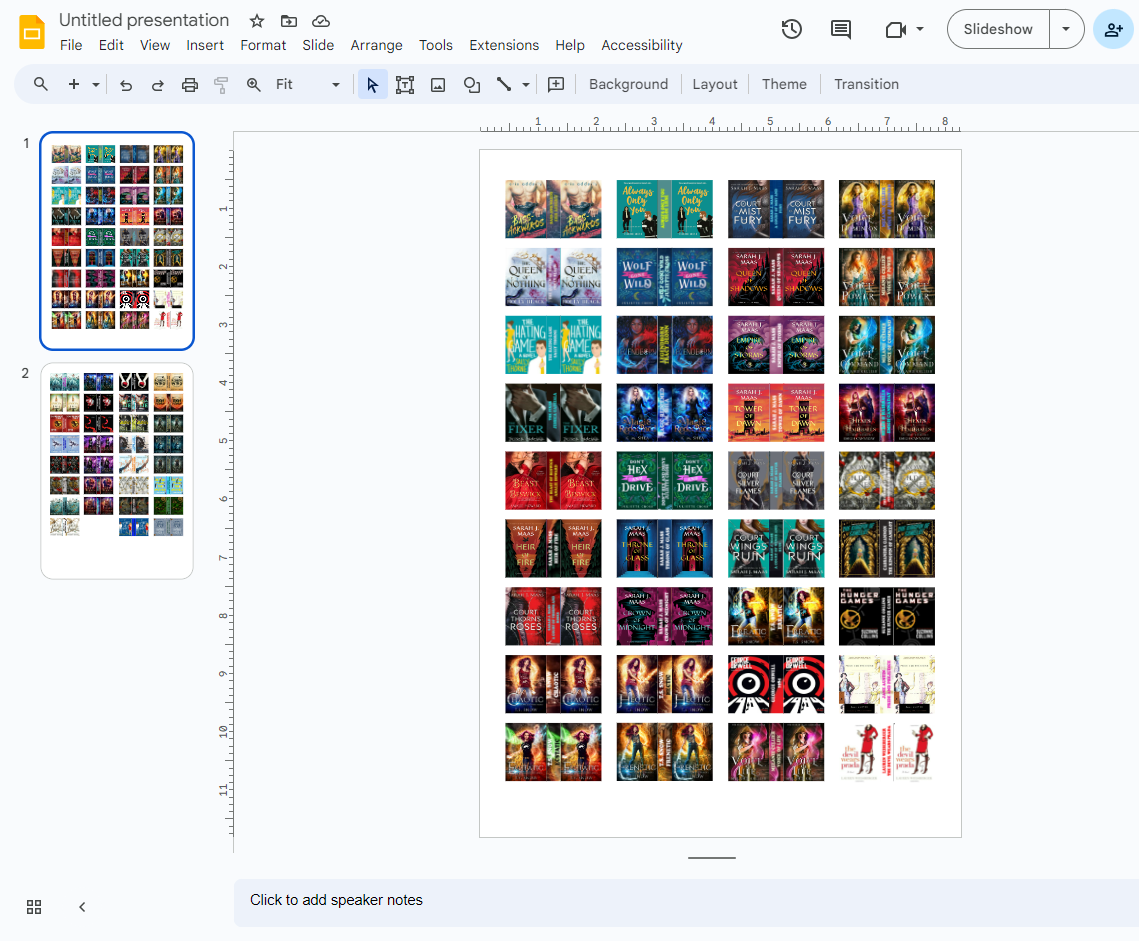.png)
Once your book covers are completed download the files to your computer as pdf documents and print in the highest quality.
Cut them out.
Make Blank Books
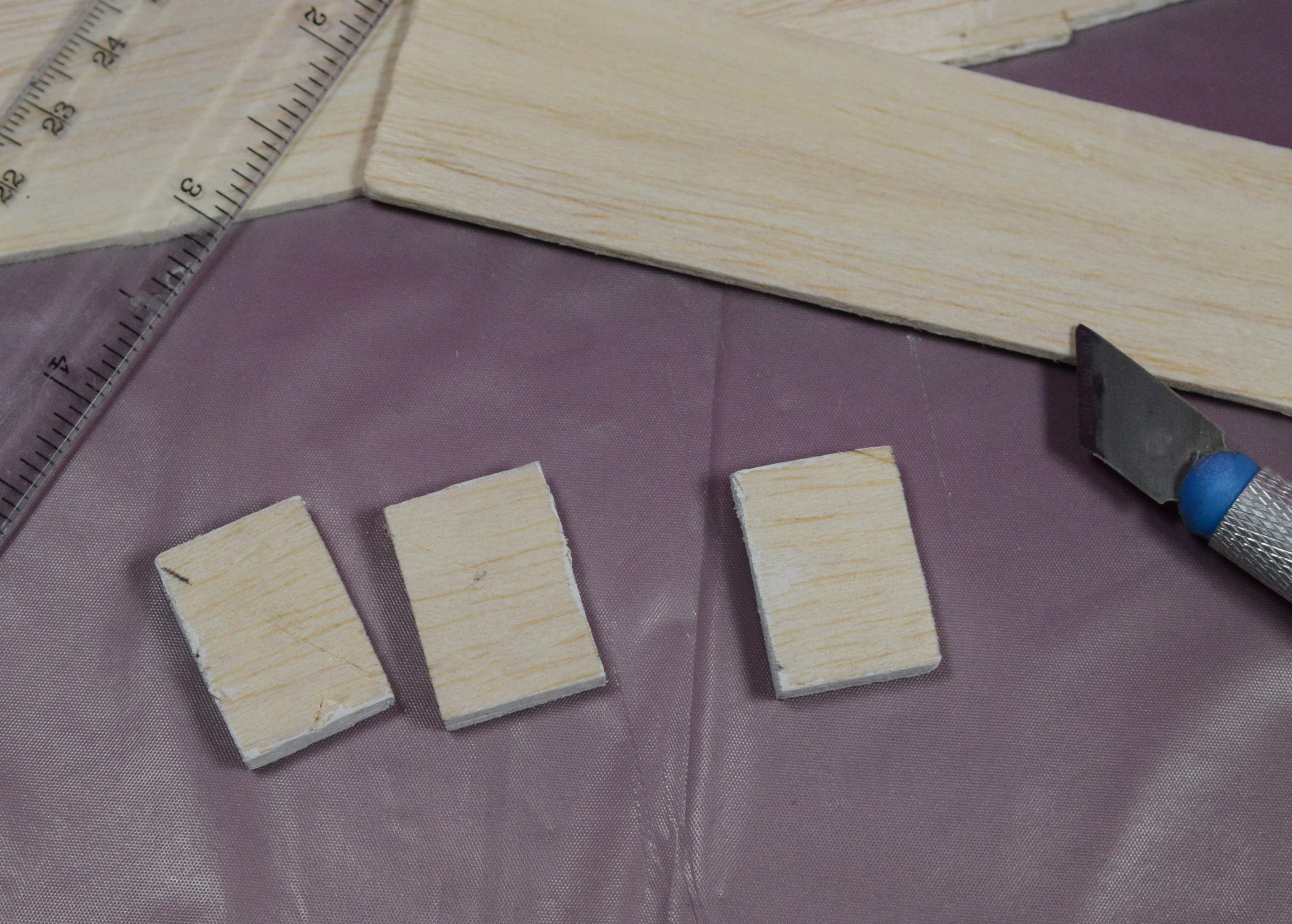
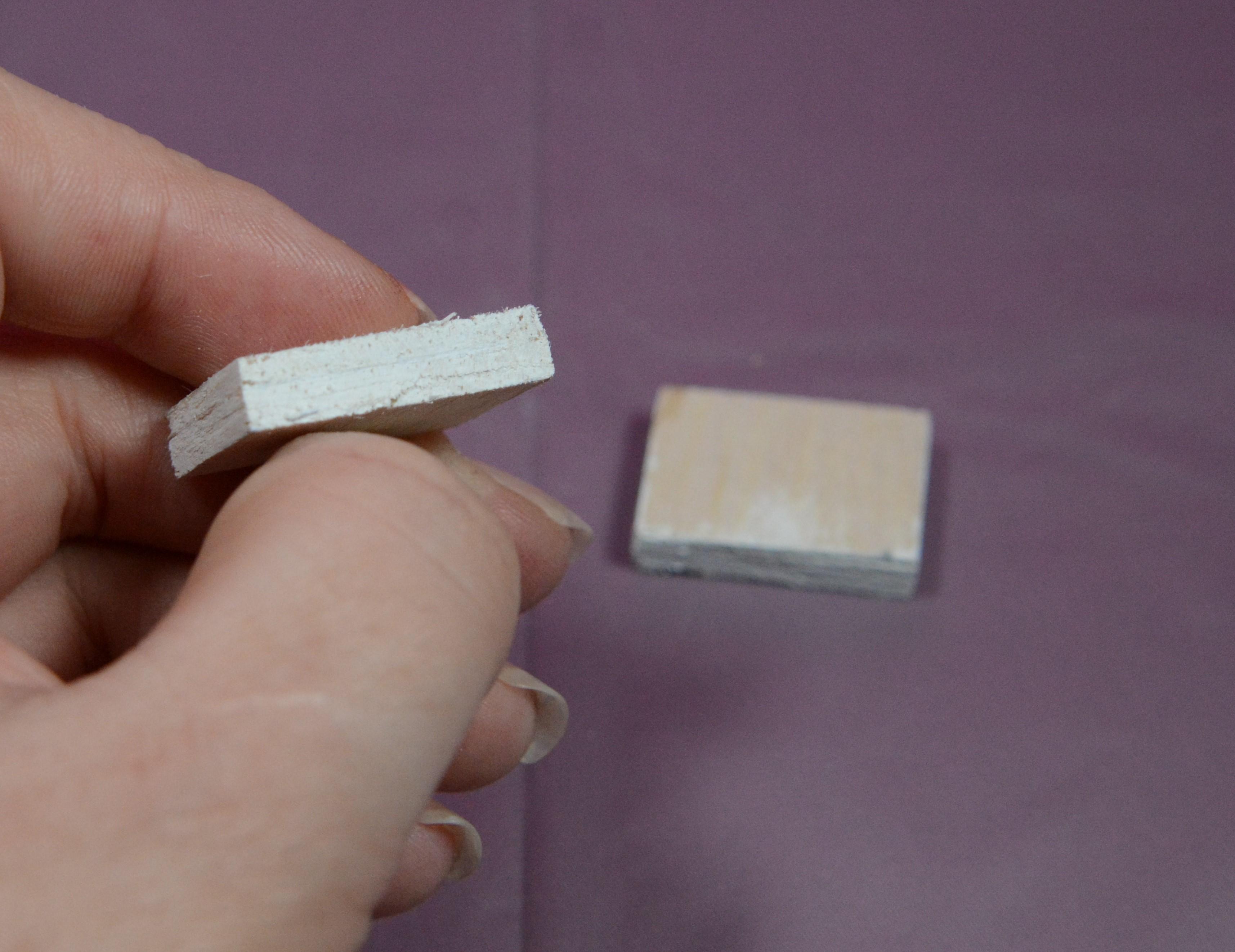
There are many options to choose from :
- buy dollhouse book blanks
- buy or make laser-cut wooden rectangles
- 3D print them
- cut them out of balsa wood - balsa is soft enough to cut with a craft knife
If you want to make them more authentic, you can paint the sides of the book white to make it look like pages. Use white acrylic paint or correction fluid.
Mini Books
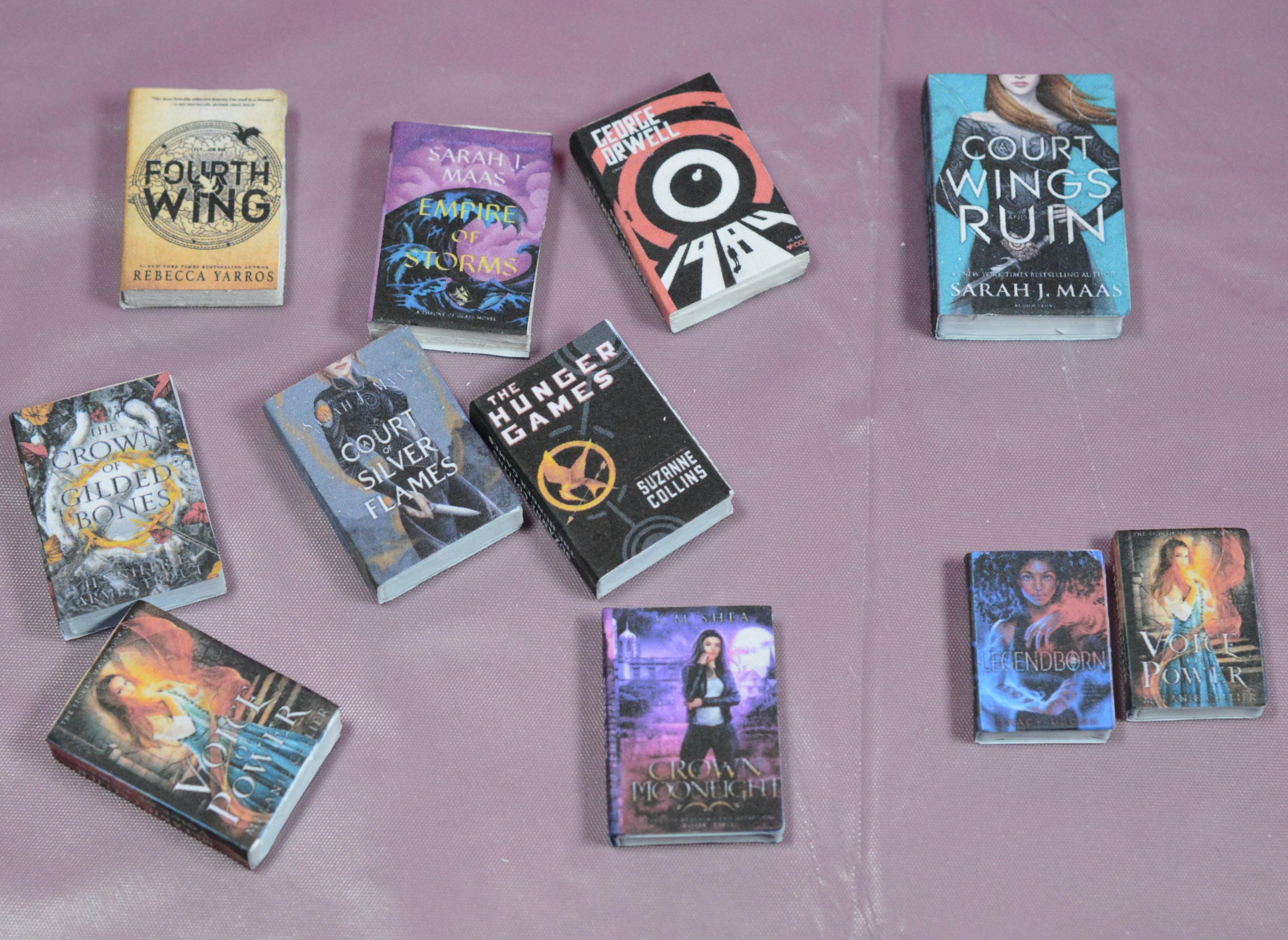
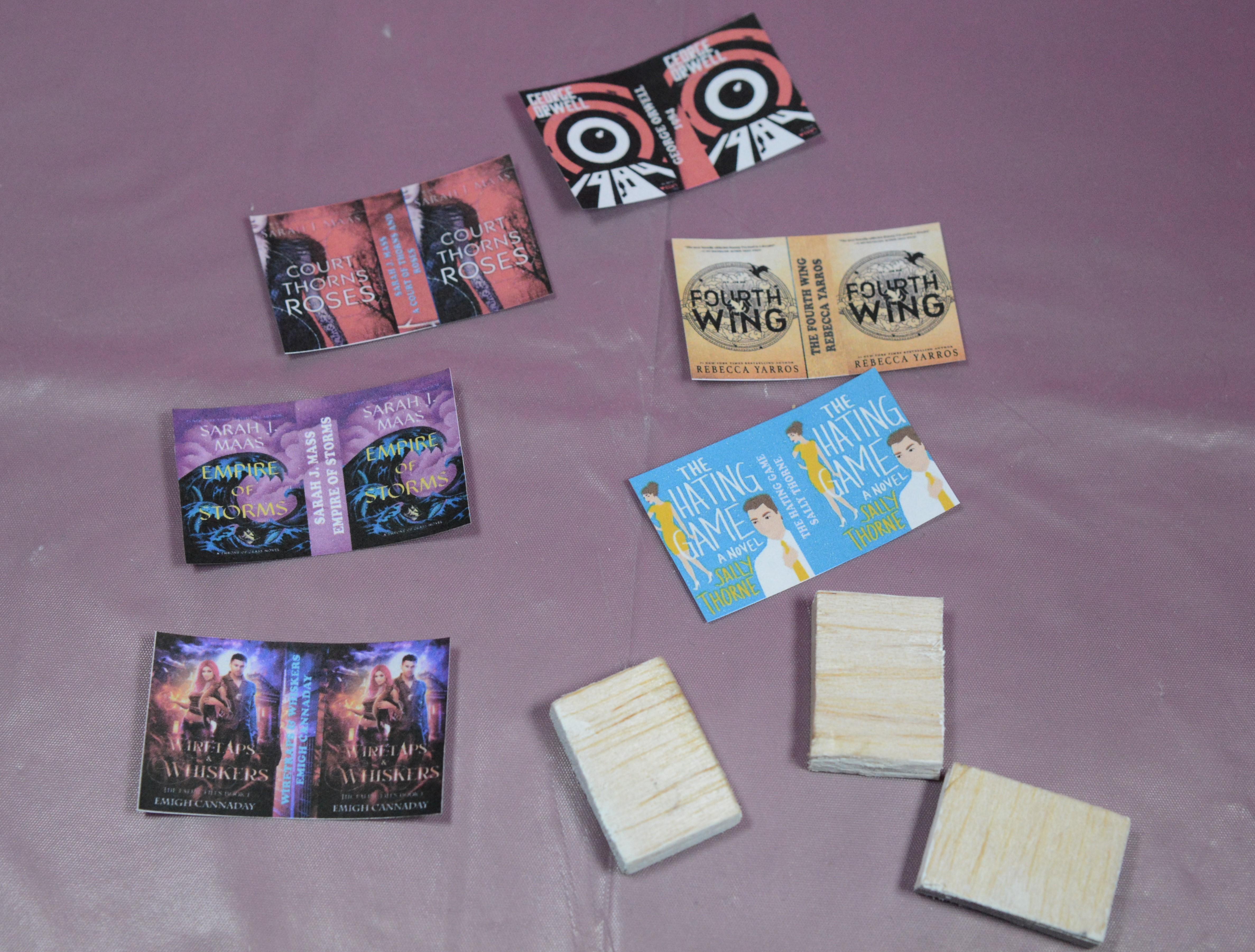

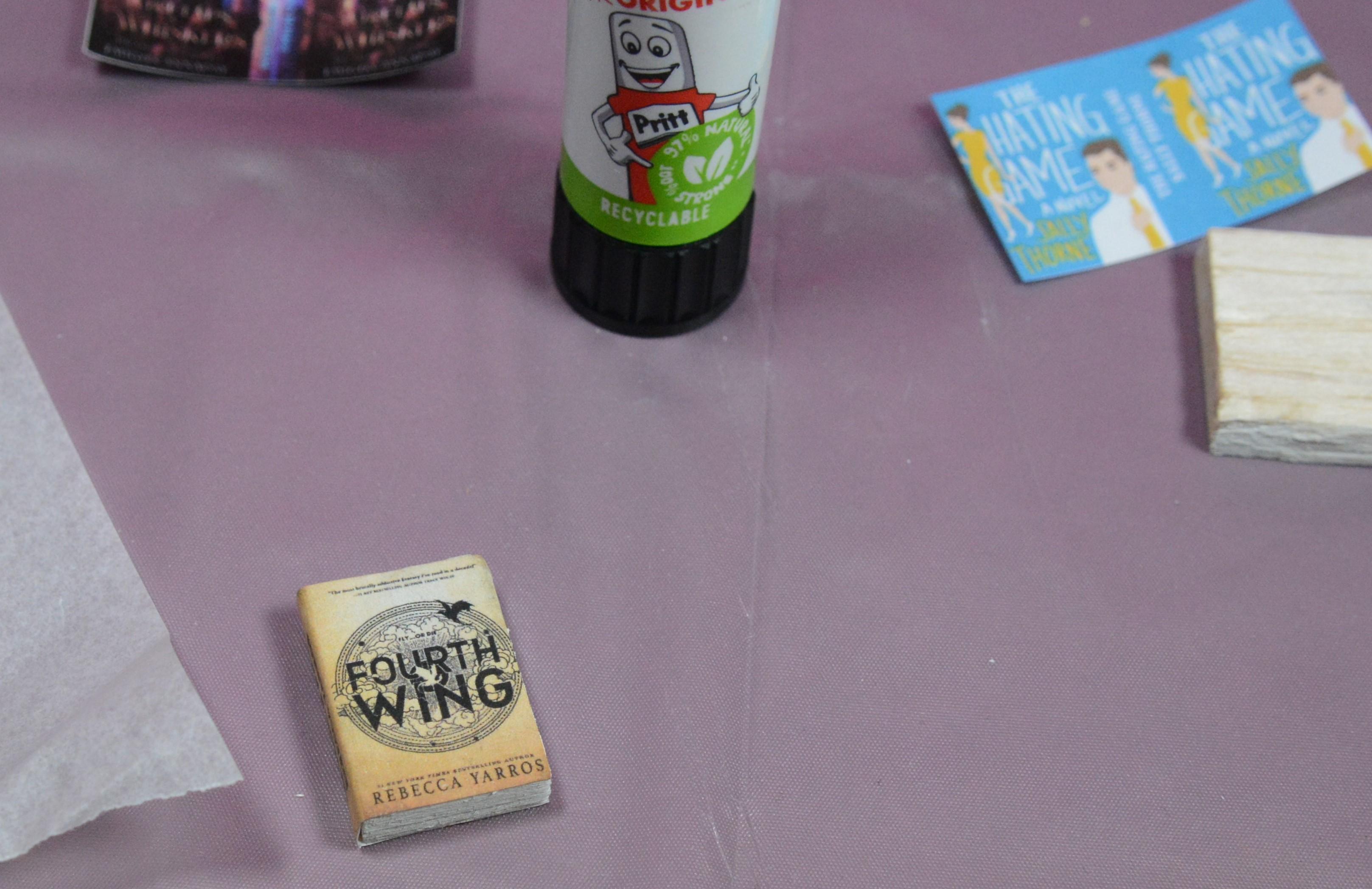
Super simple step- swipe the glue stick onto the book cover, pick up that piece of paper and wrap it around the book blank. Leave to dry for 1-2 hours,
Hollowed Book- PVA Glue
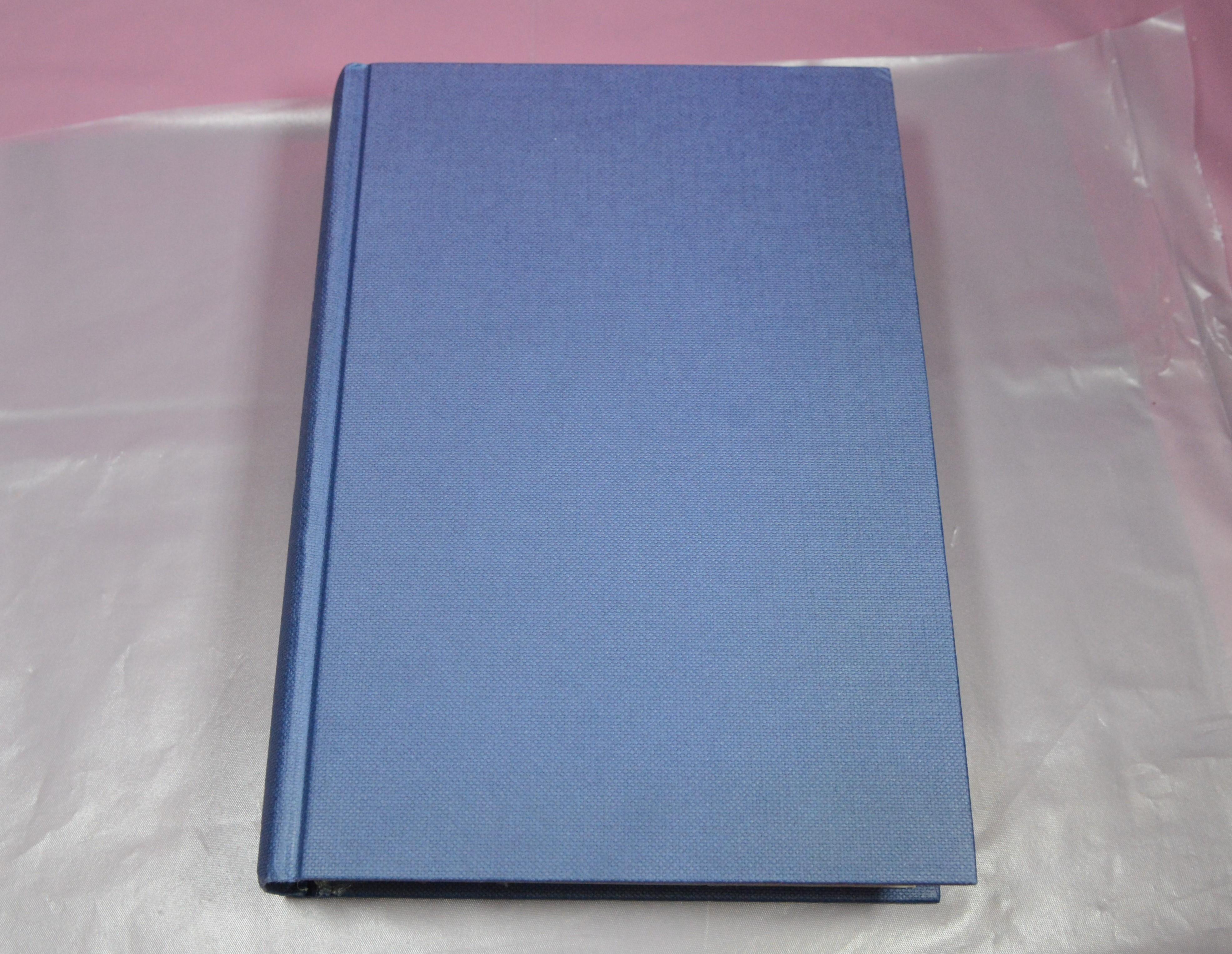
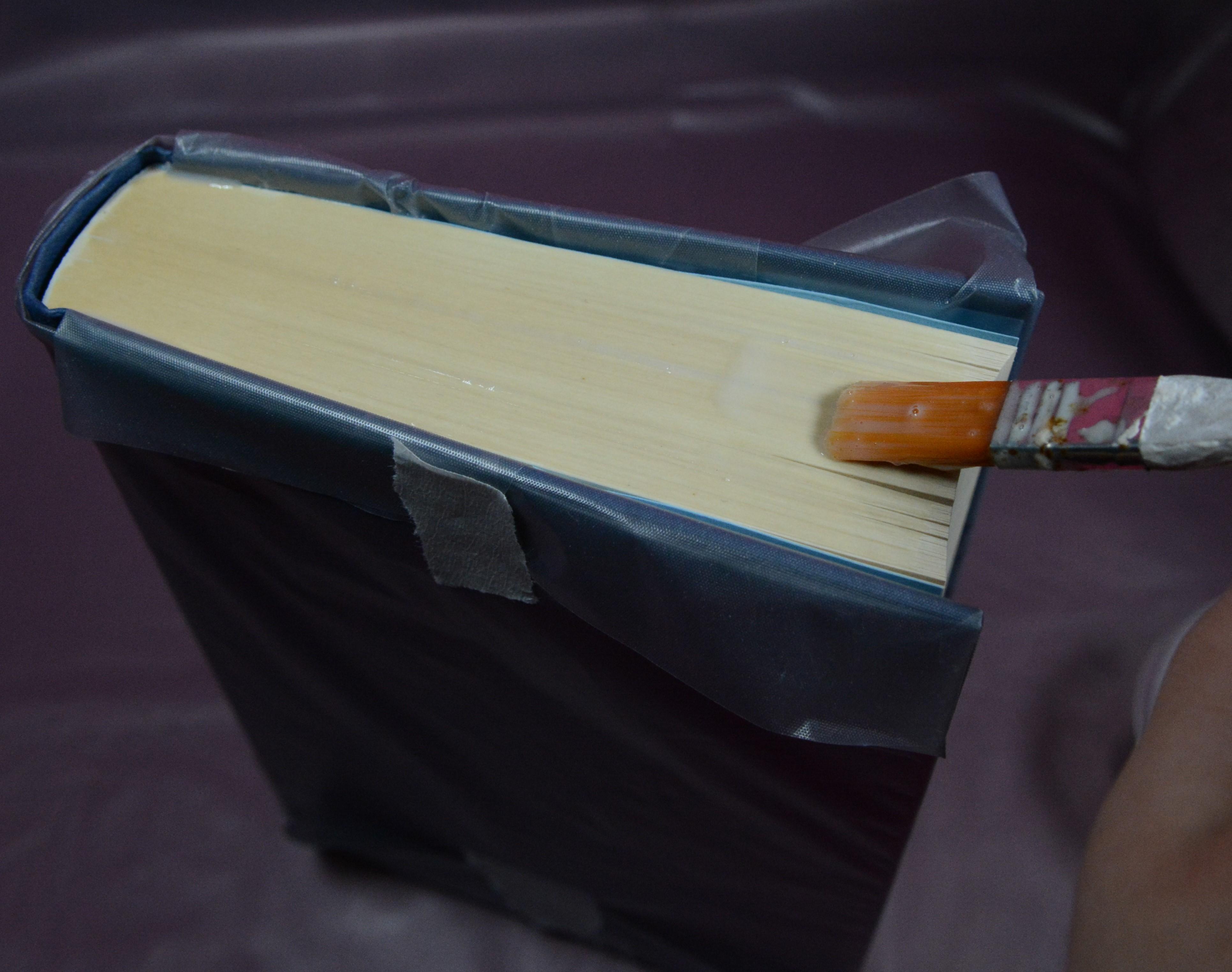
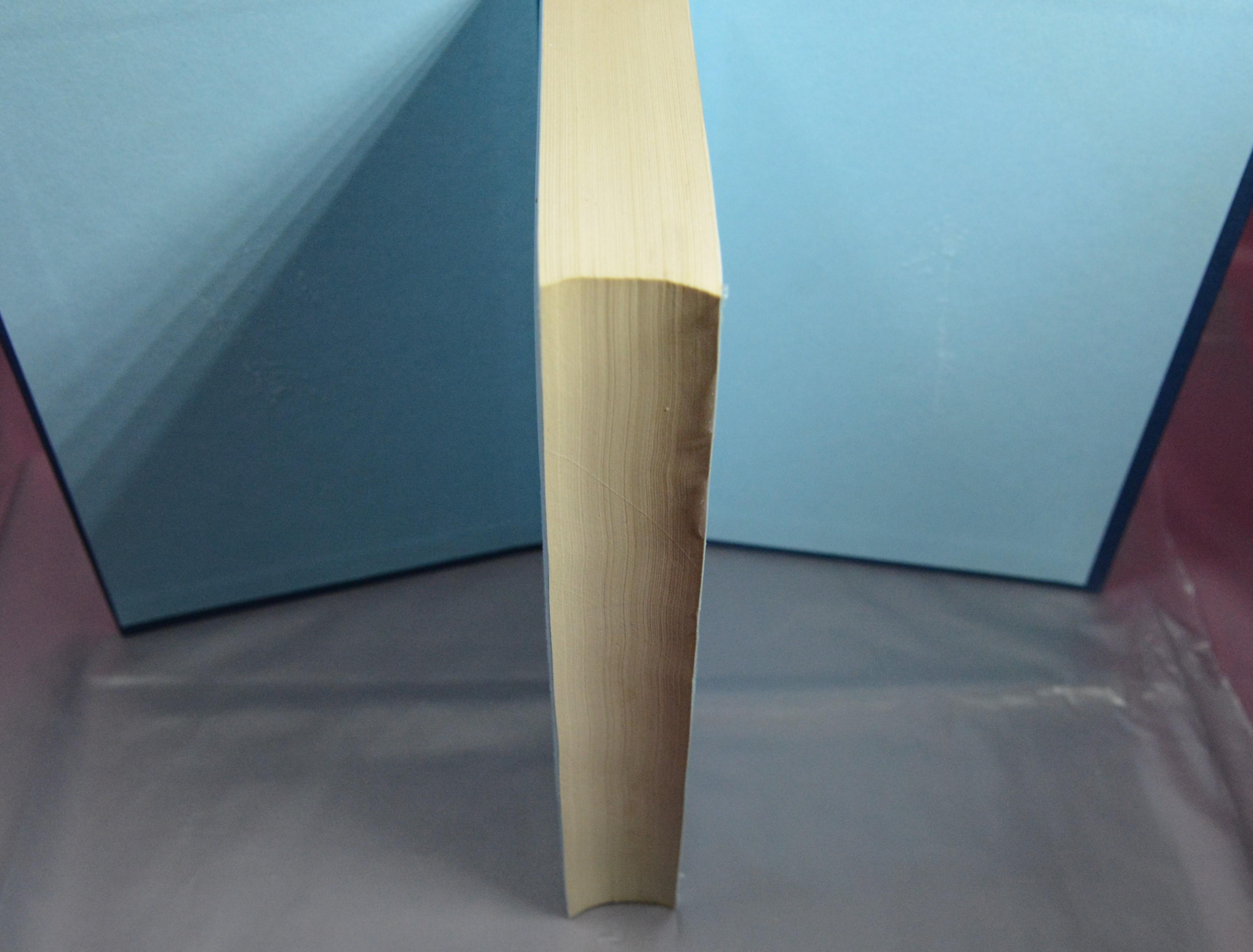
This method is more elaborate and time consuming, but it doesn't require any special tools or machines.
Wrap the book cover with plastic wrap, aluminium foil, parchment or acetate to protect it from any glue leakage.
Quickly apply PVA glue to all three sides with pages. Place the book on a flat surface and weigh it down. You have to apply decent amount of pressure, otherwise the pages will warp and dry wavy.
Hollowed Book- Hollowing, Paint & Shelves
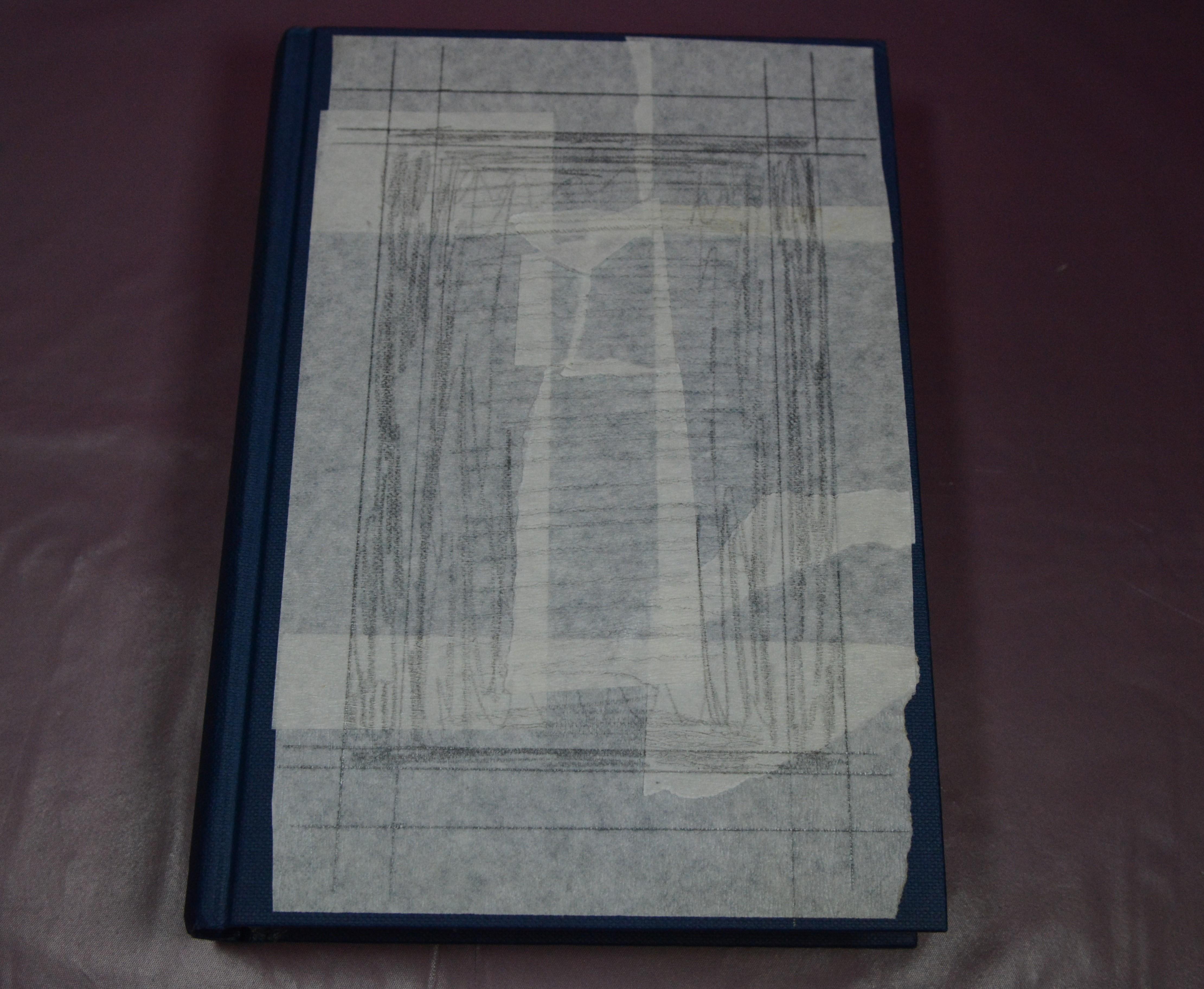
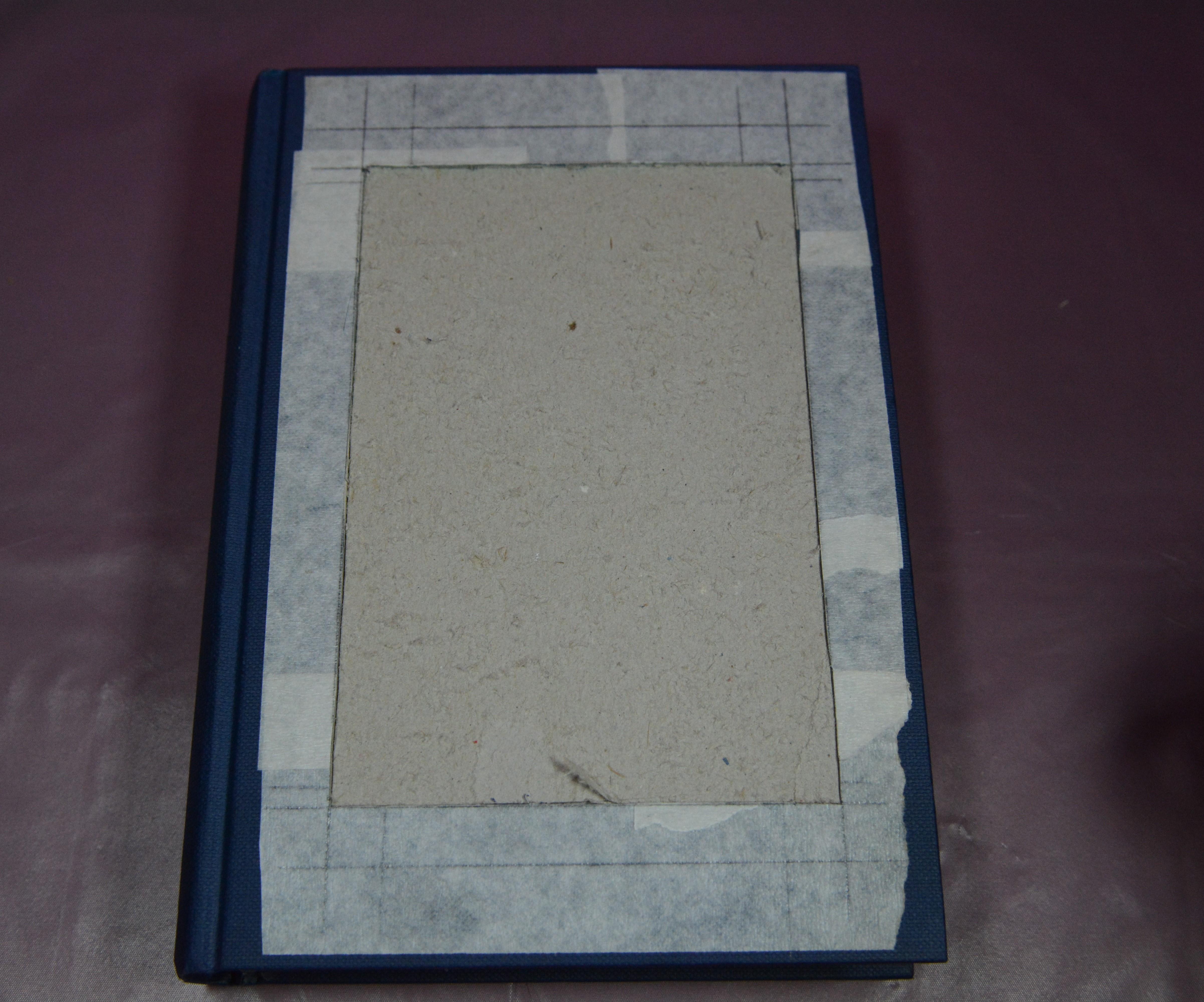
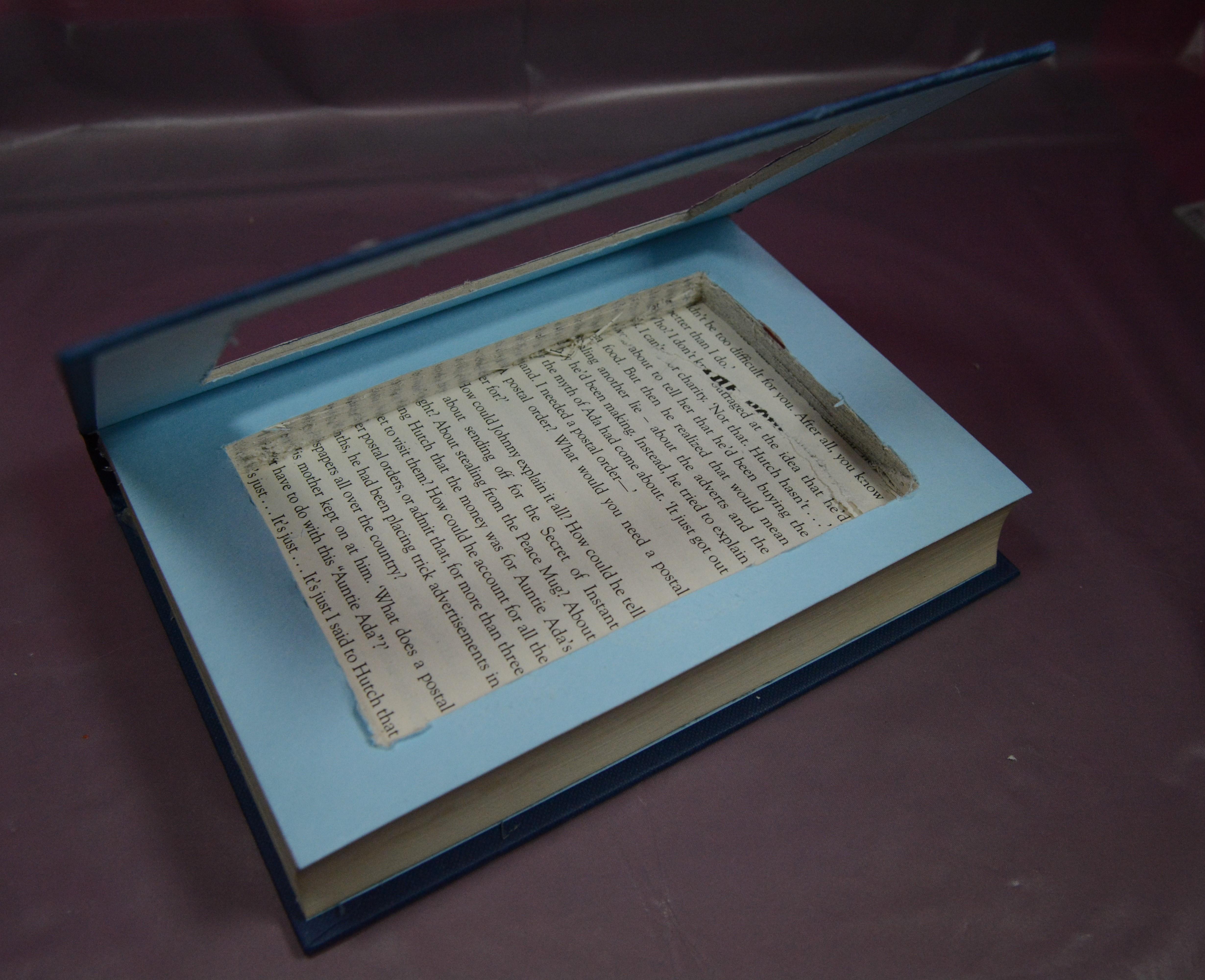
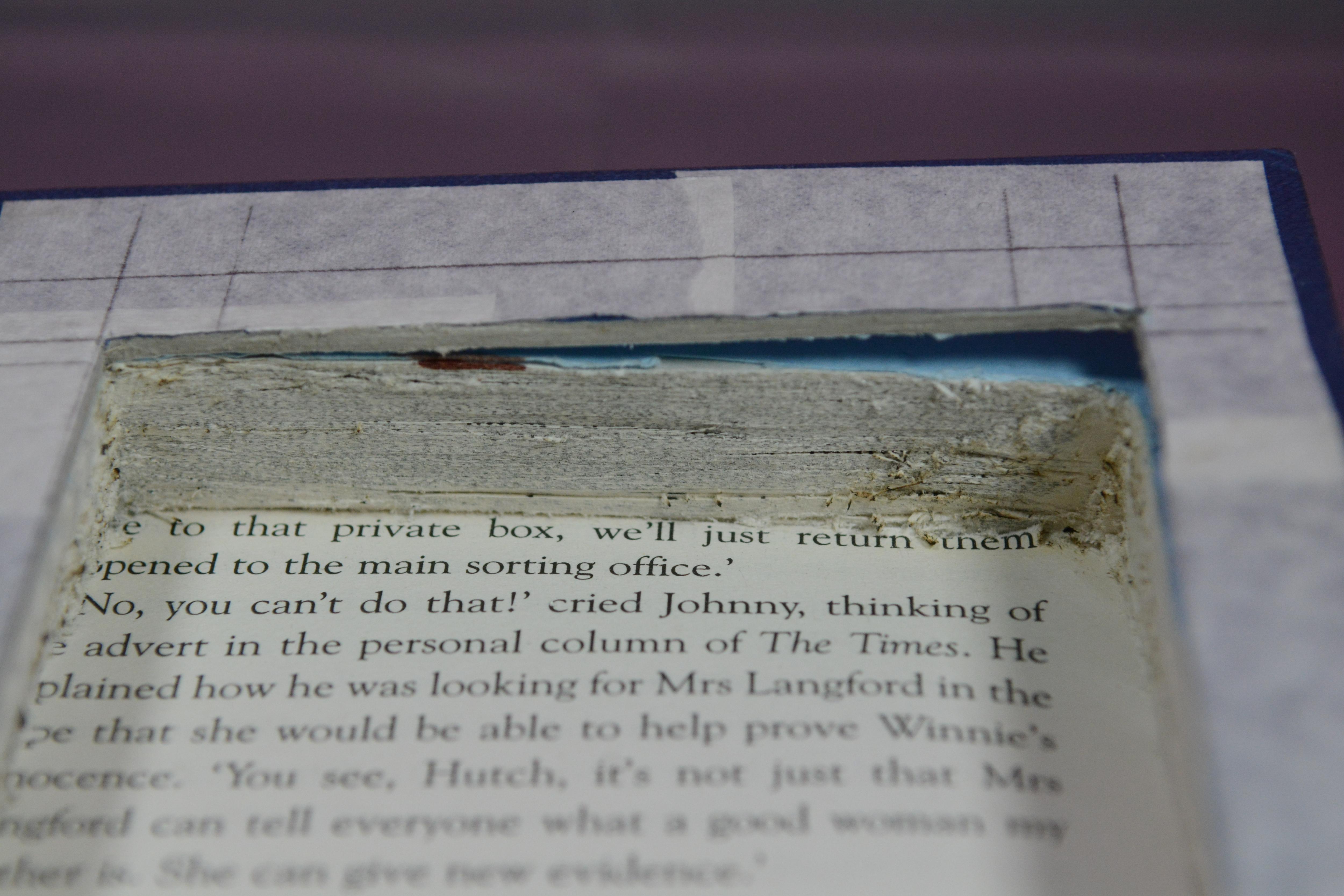
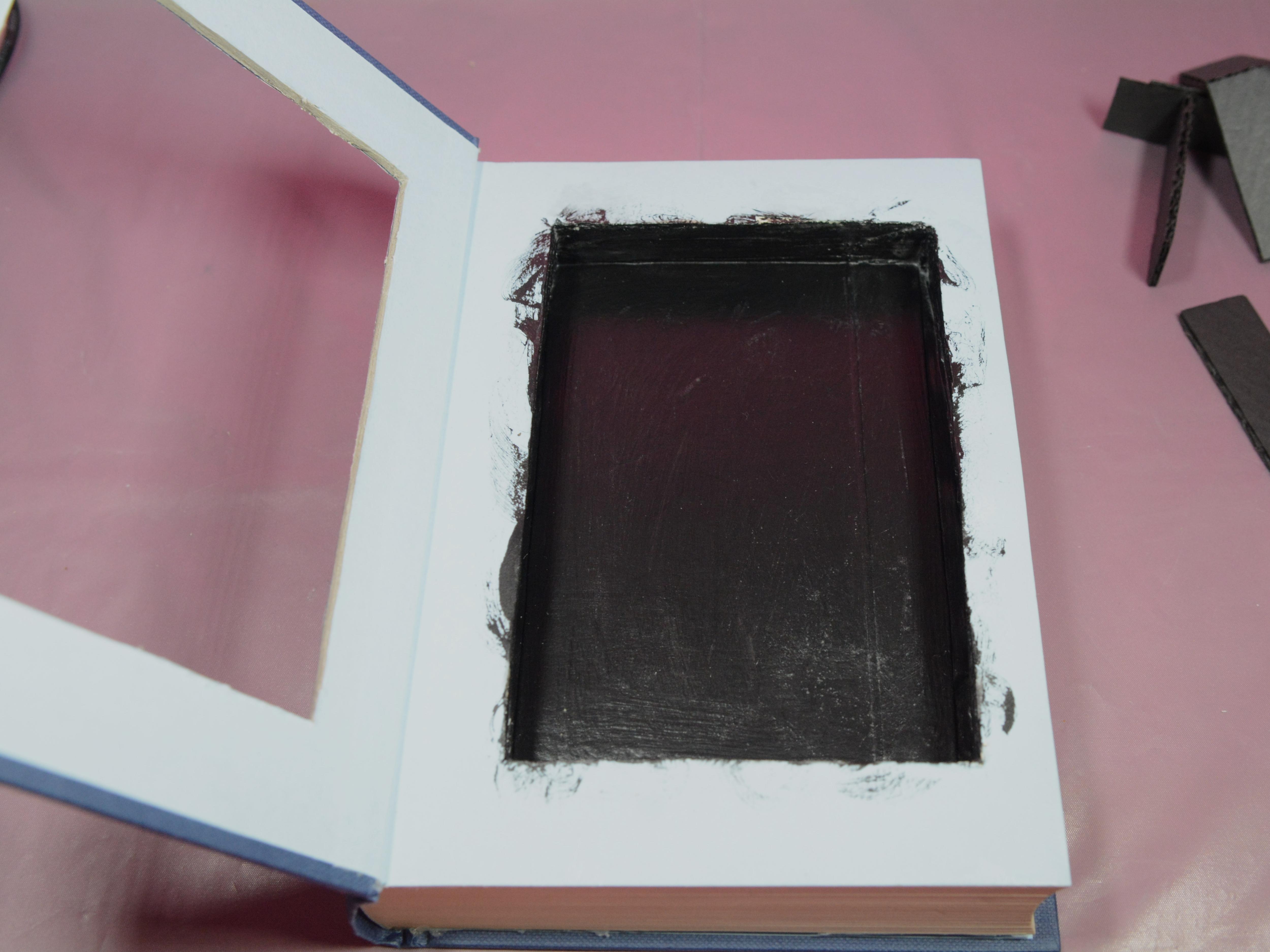
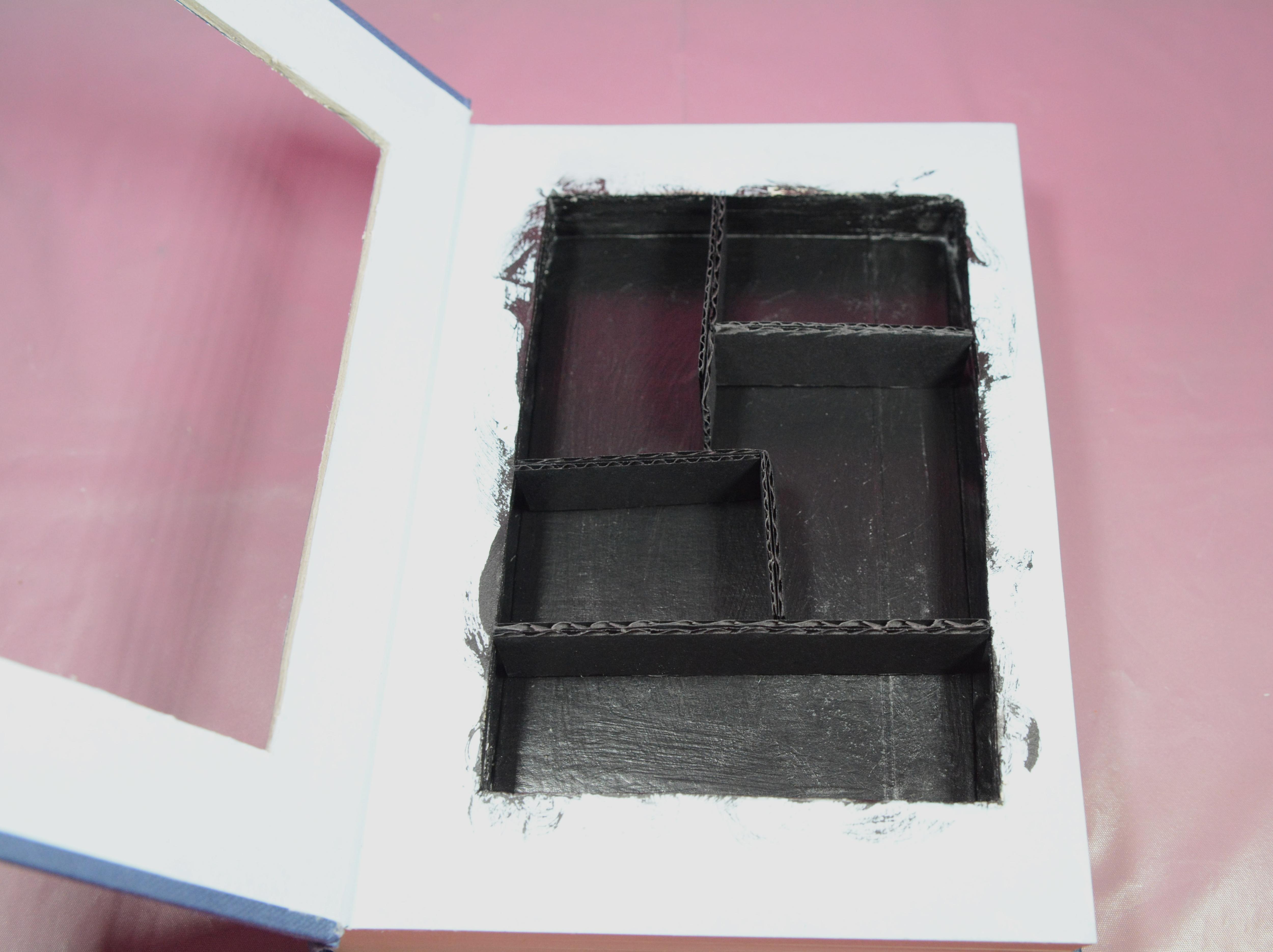
Cover the front of the book in masking tape and mark how big you want the opening to be.
Use a ruler and a sharp craft knife to slowly and carefully cut through the book cover first, and then through the book pages. Make sure to check how deeply you hollow it out. You don't want to cut too many pages, because then the mini books will just disappear in the cavity, and you also don't want to cut the hole too shallow, because then the mini books will stick out too much.
Don't worry if you don't cut the pages perfectly, it will all be covered up by books in the end anyway.
Once he book is hollowed out, you need to paint the inside with PVA glue to seal the edges. Once painted, put a sheet of plastic or parchment between the front cover and the pages, close the book and weigh it down while it dries.
Once dry, paint the inside with acrylic paint.
Use thick cardstock or cardboard and epoxy or hot glue gun to make the shelves.
Final step is to apply glue to the inside of the book cover, close the book and weigh it down again to dry properly.
After it's dry, you can add a picture frame hoop by gluing it or drilling a small hole at the back of the book.
3D Printed Book- Tinkercad
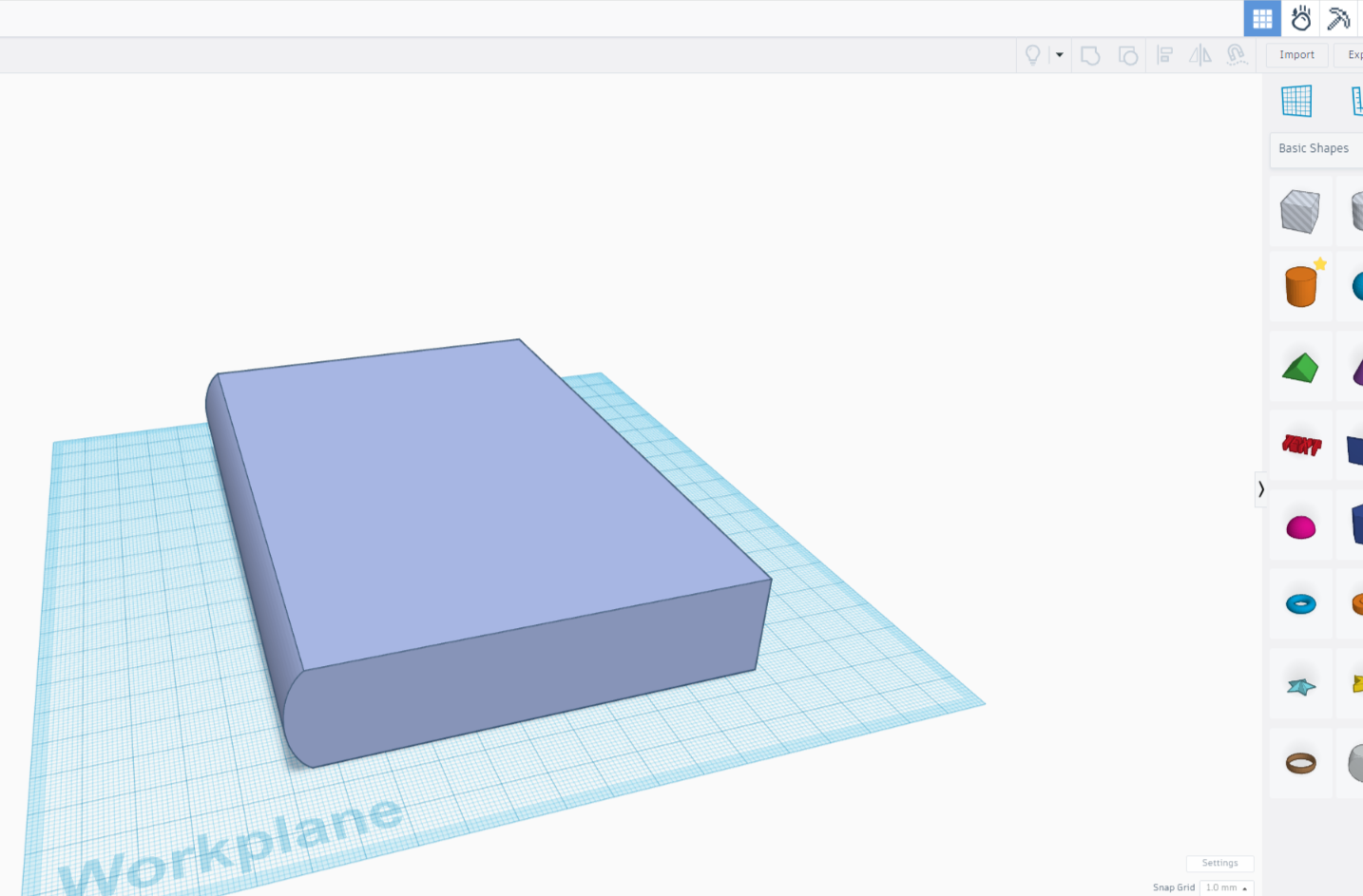.png)
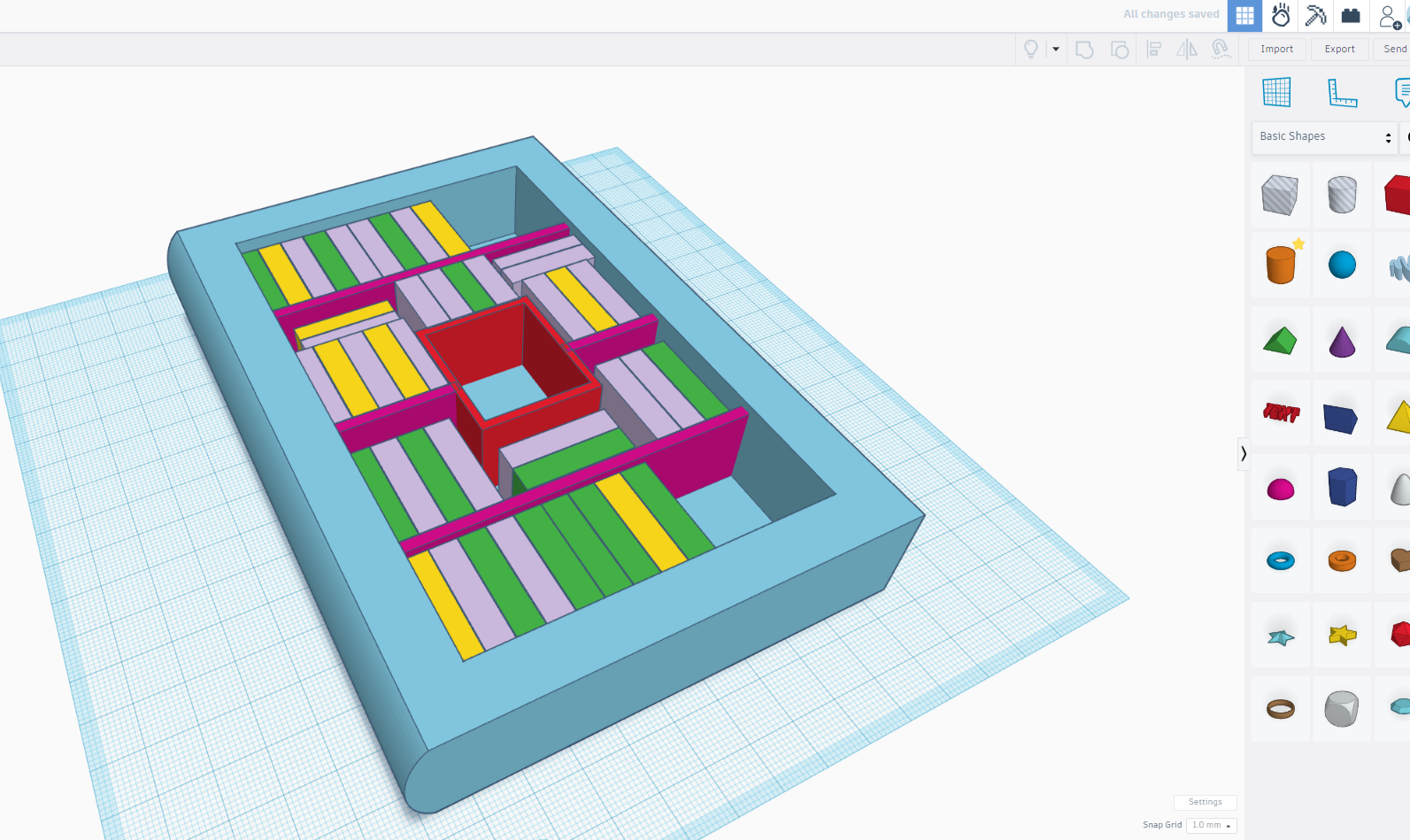.png)
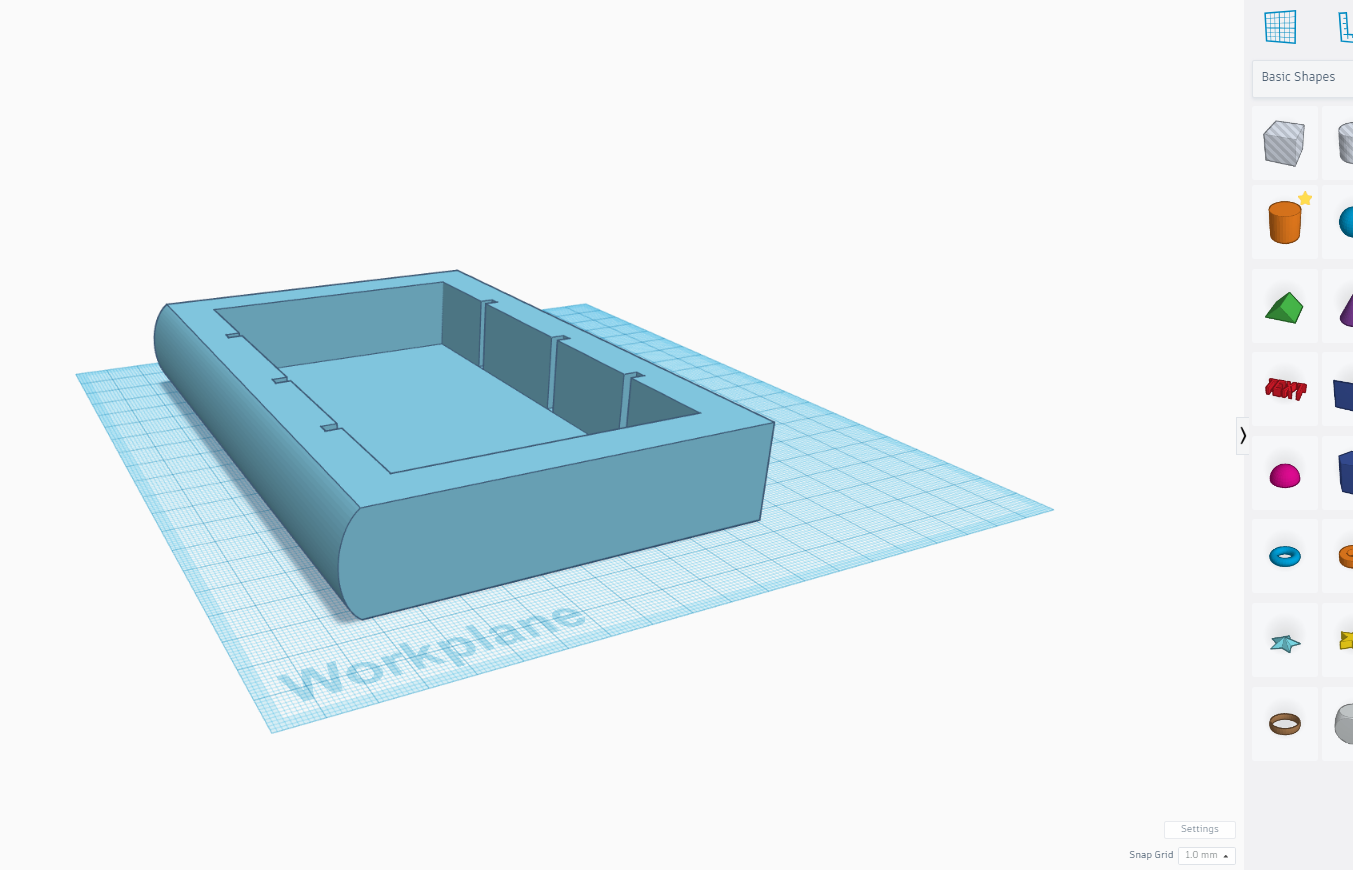
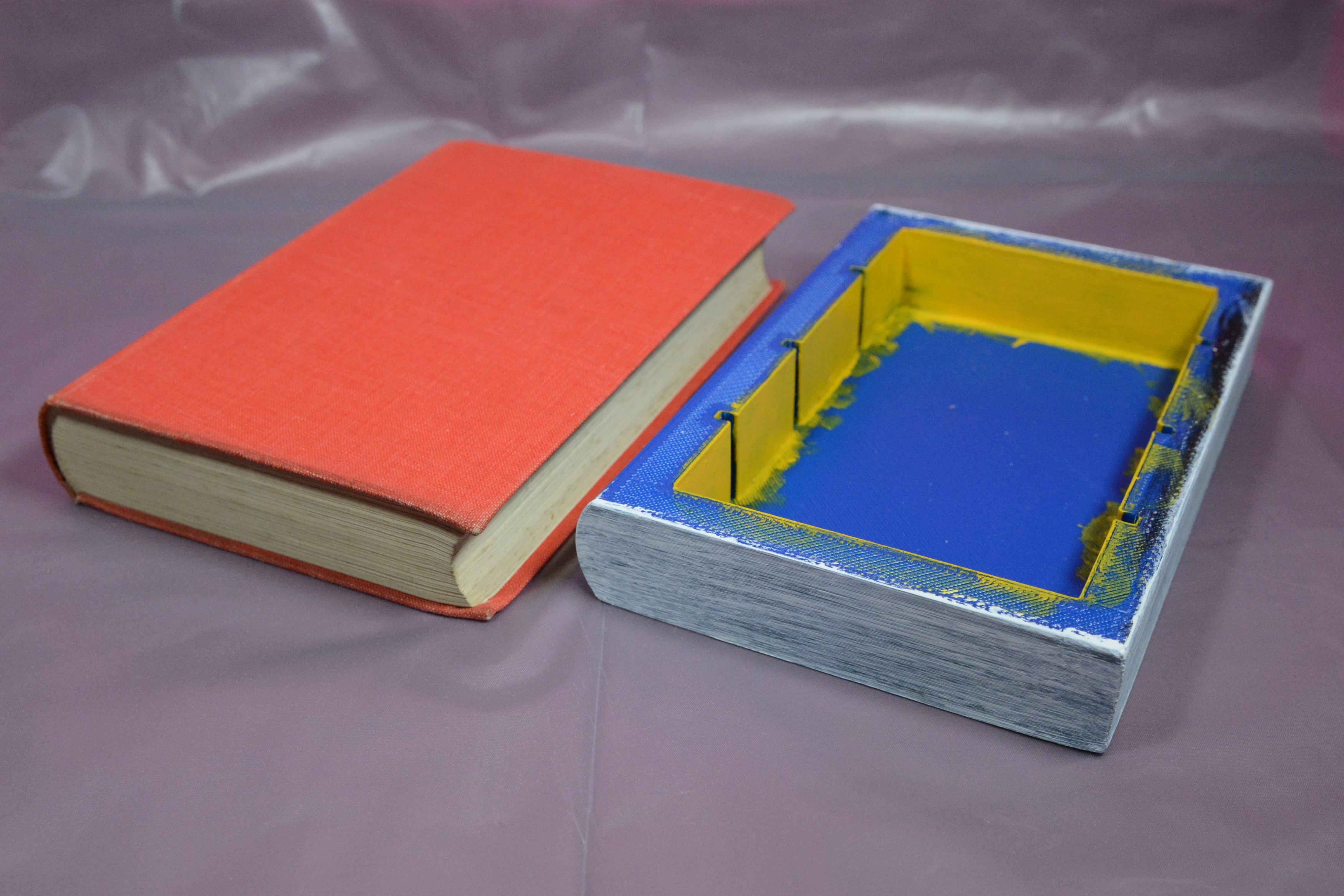
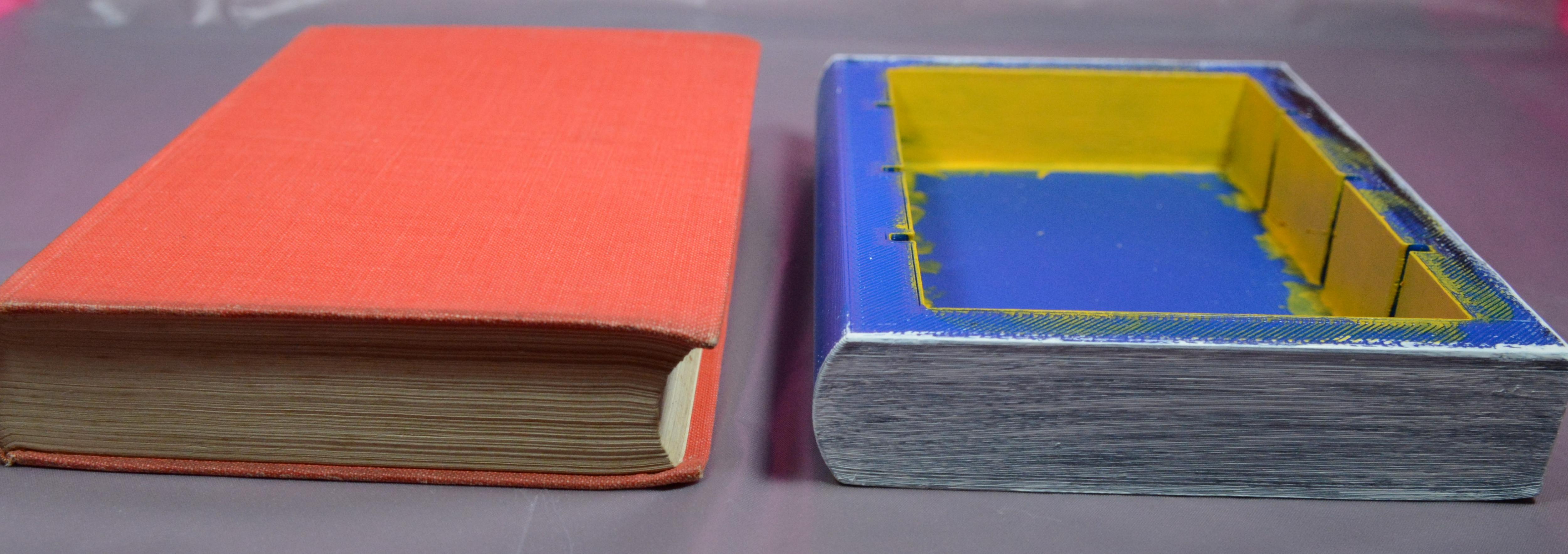
This option is way easier and neater, so if you have a 3D printer, do it this way instead.
Keep the book flat on the table and measure the length and width and depth of the inside of book (don't measure the hard cover).
Use your measurements to create a replica in Tinkercad and play around with it until you are satisfied with the result.
Hollow it out, add shelves etc and 3D print it.
I painted the inside of the bookcase, as well as the shelves yellow and the outside white (to make it look like proper pages).
3D Printed Book- Insert
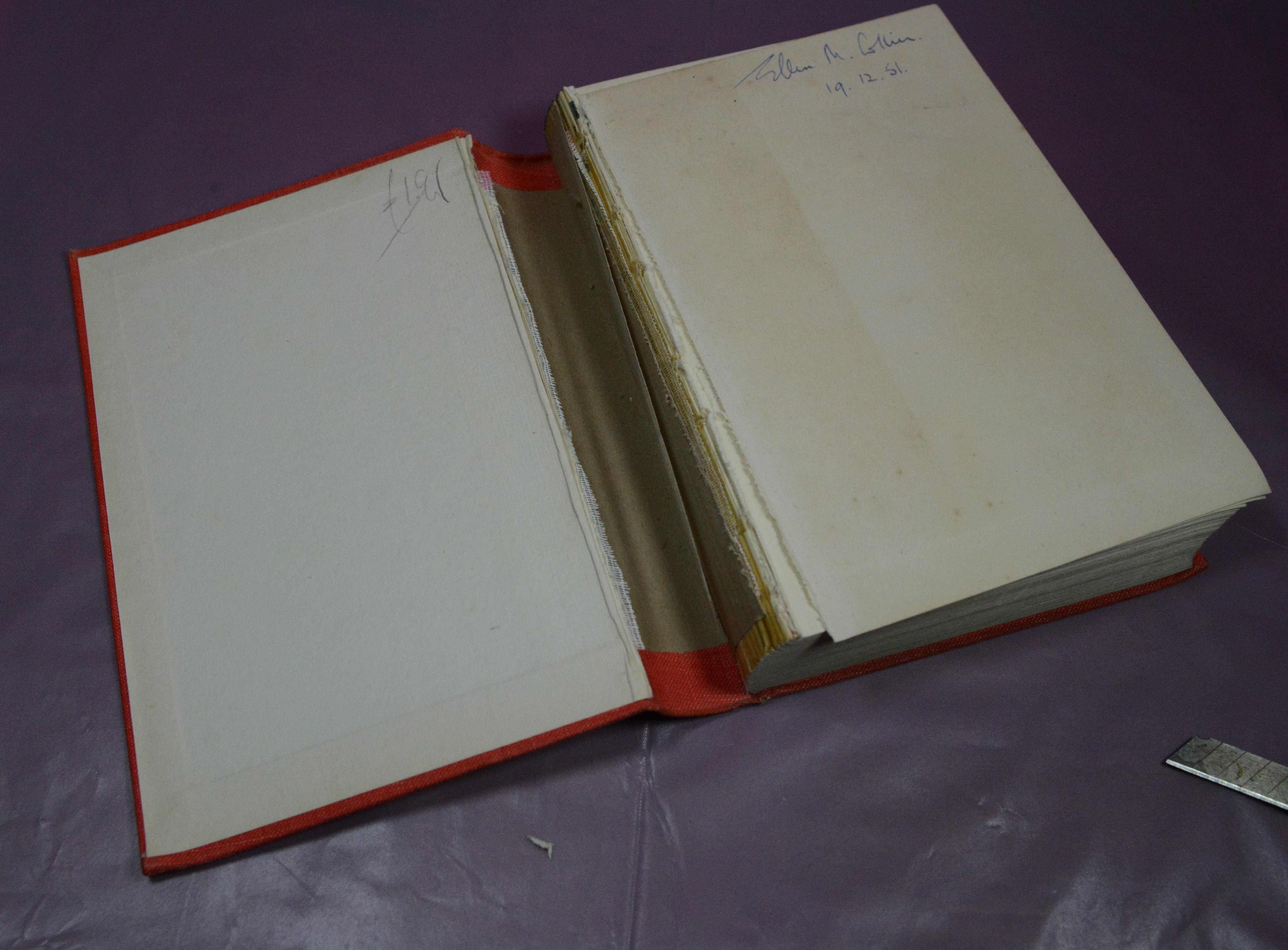
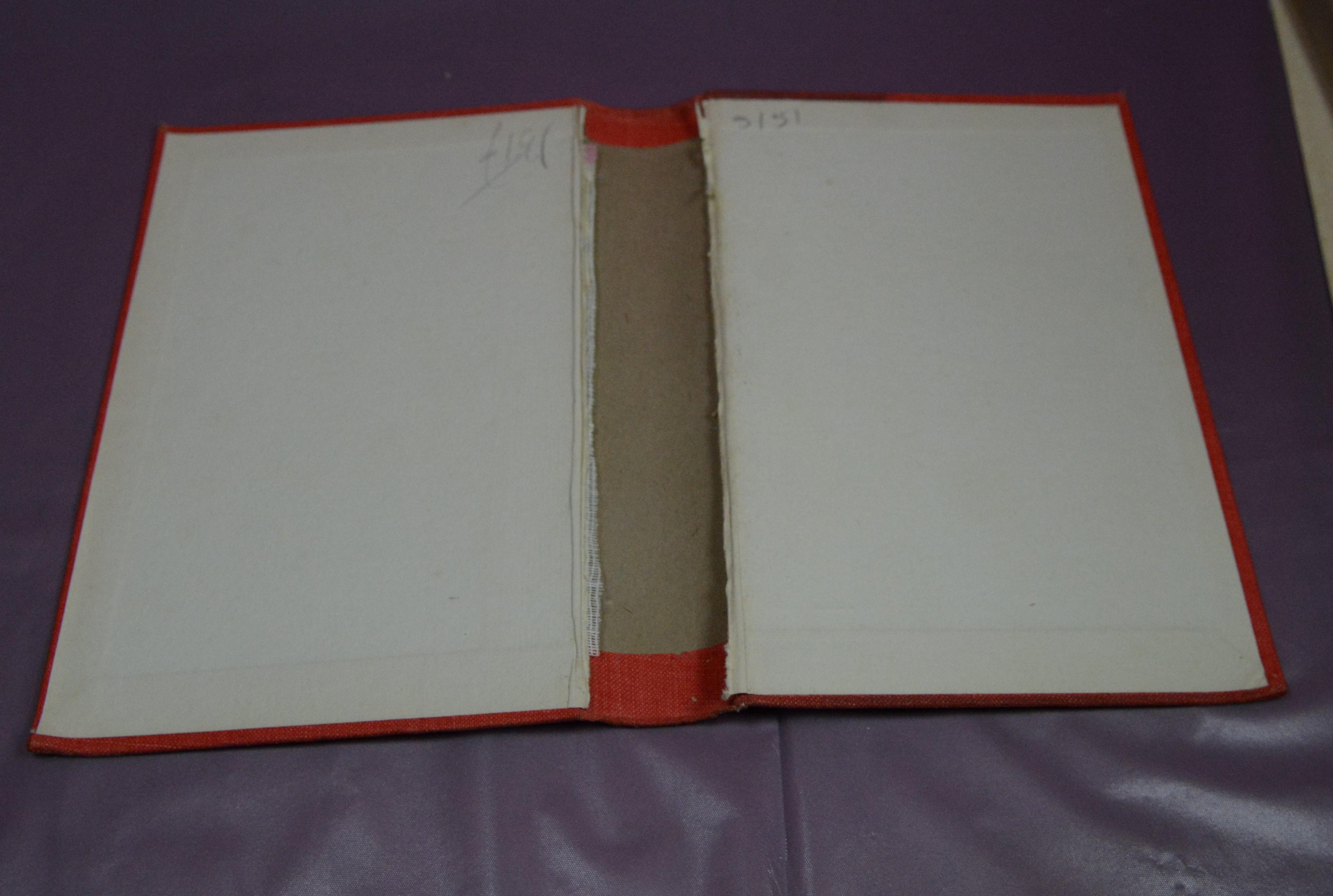
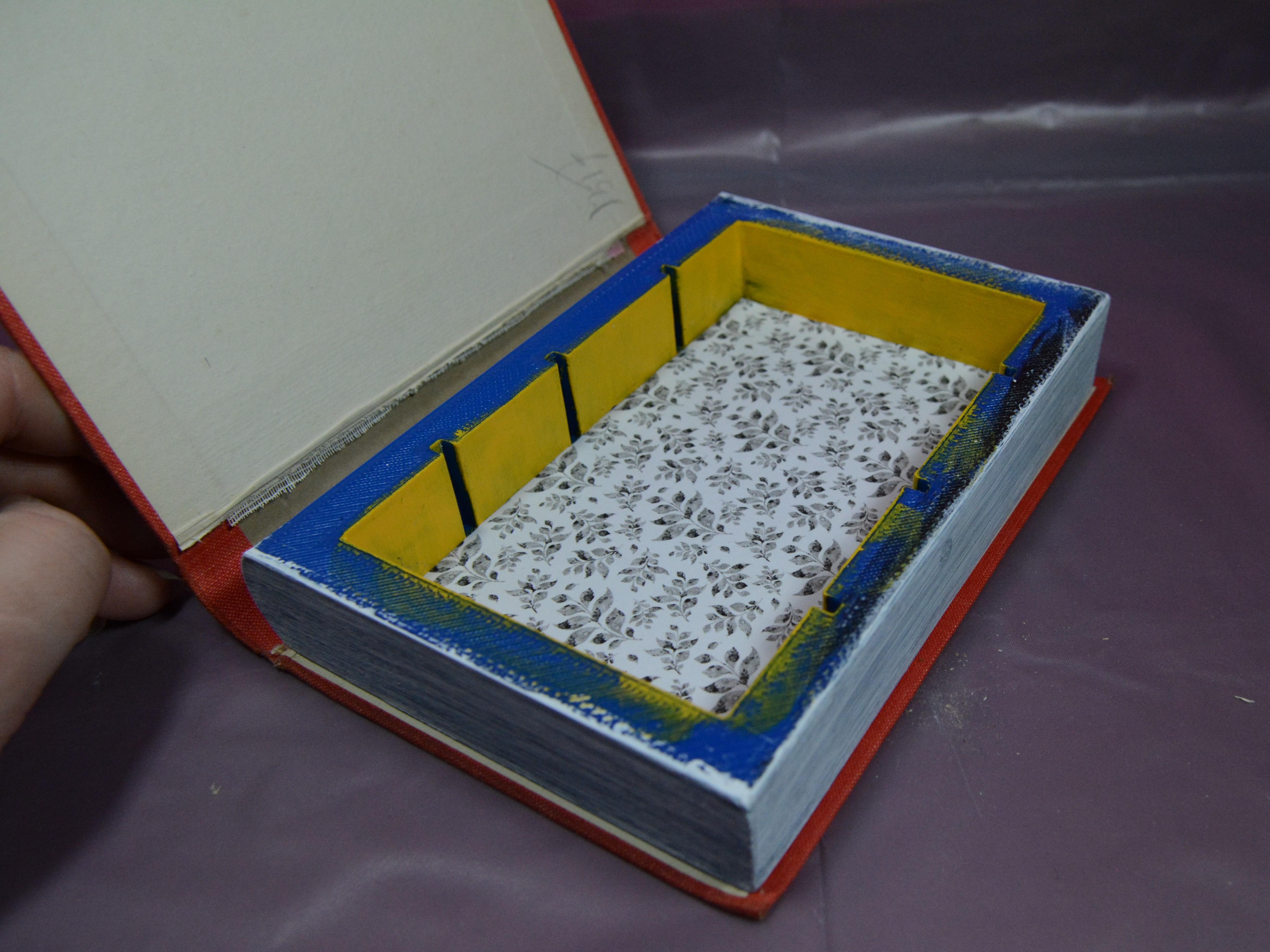
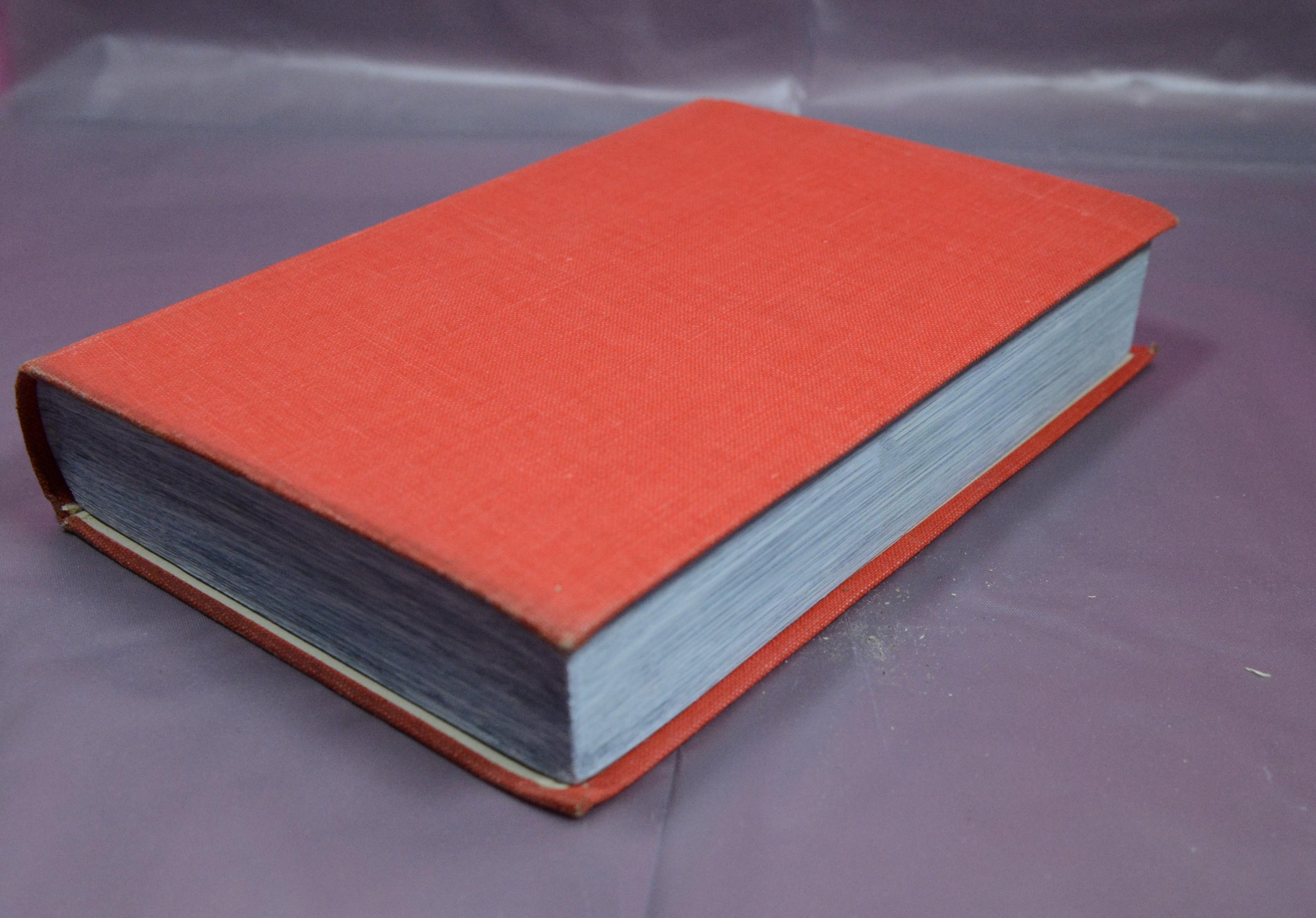
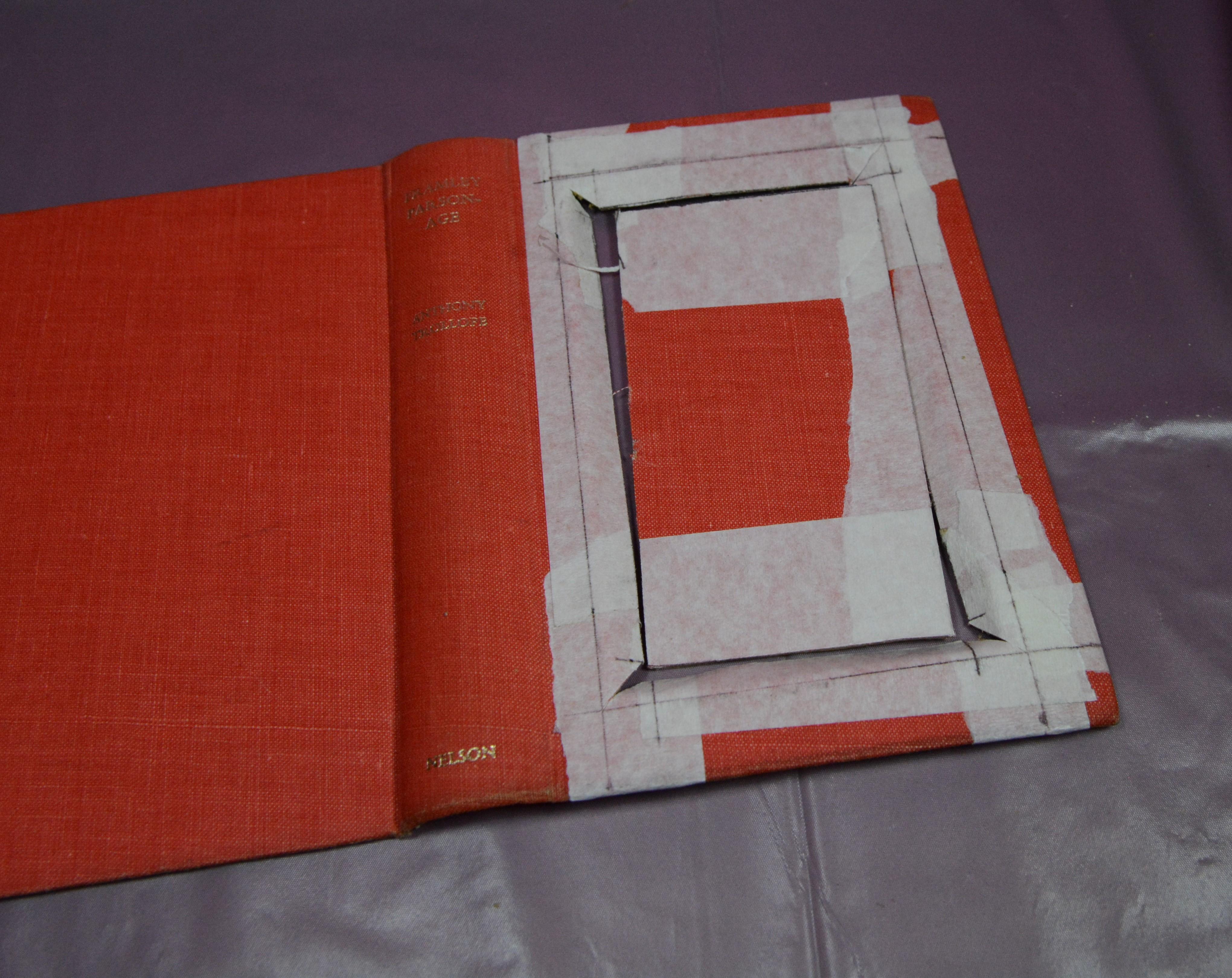
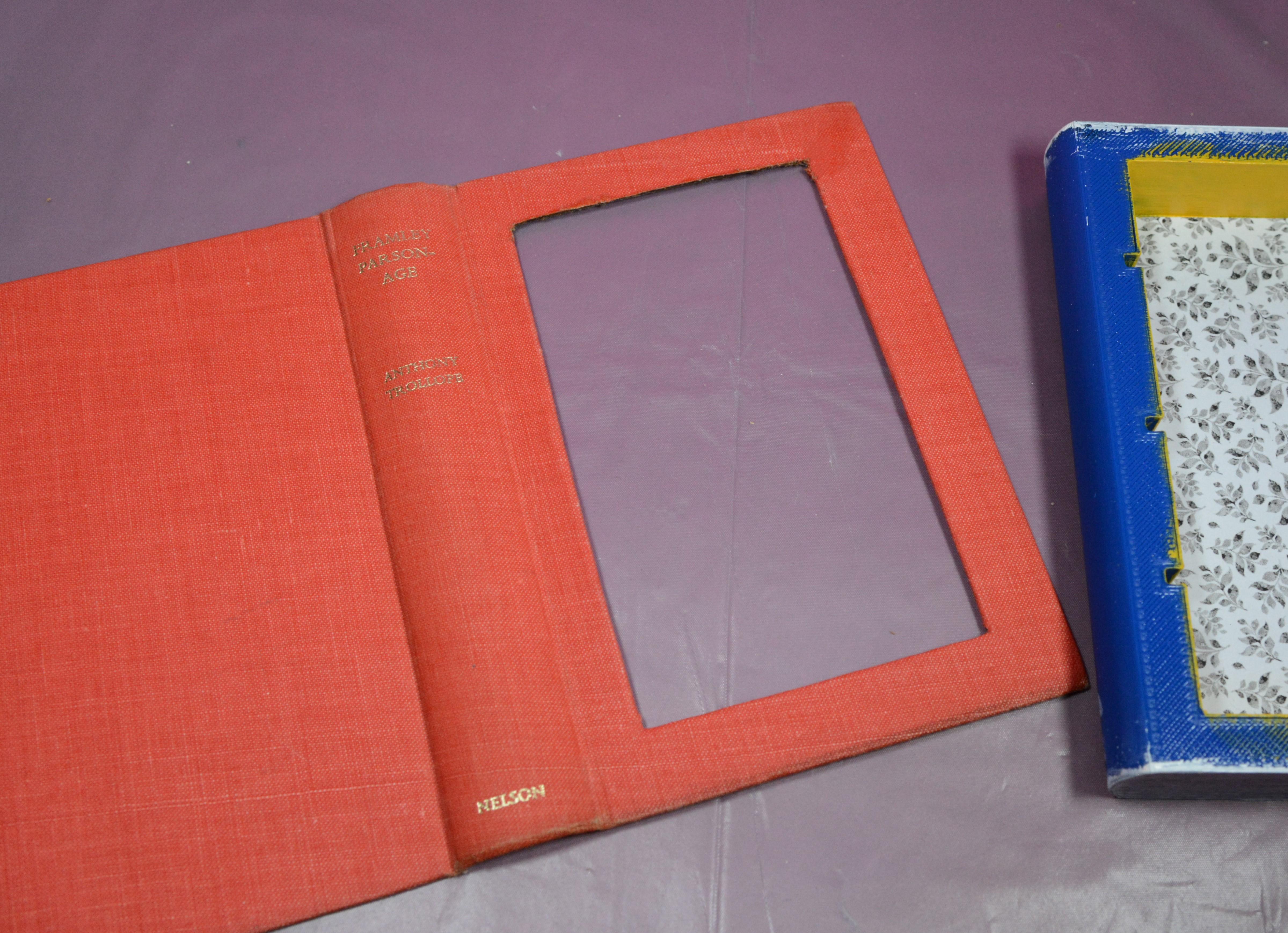
Use a craft knife to cut the book pages away from the hard cover.
Apply masking tape to the front of the book and mark where to cut the hole in the cover.
Cut it out and glue the 3Dprinted insert to the book cover.
Fill in the Bookshelf
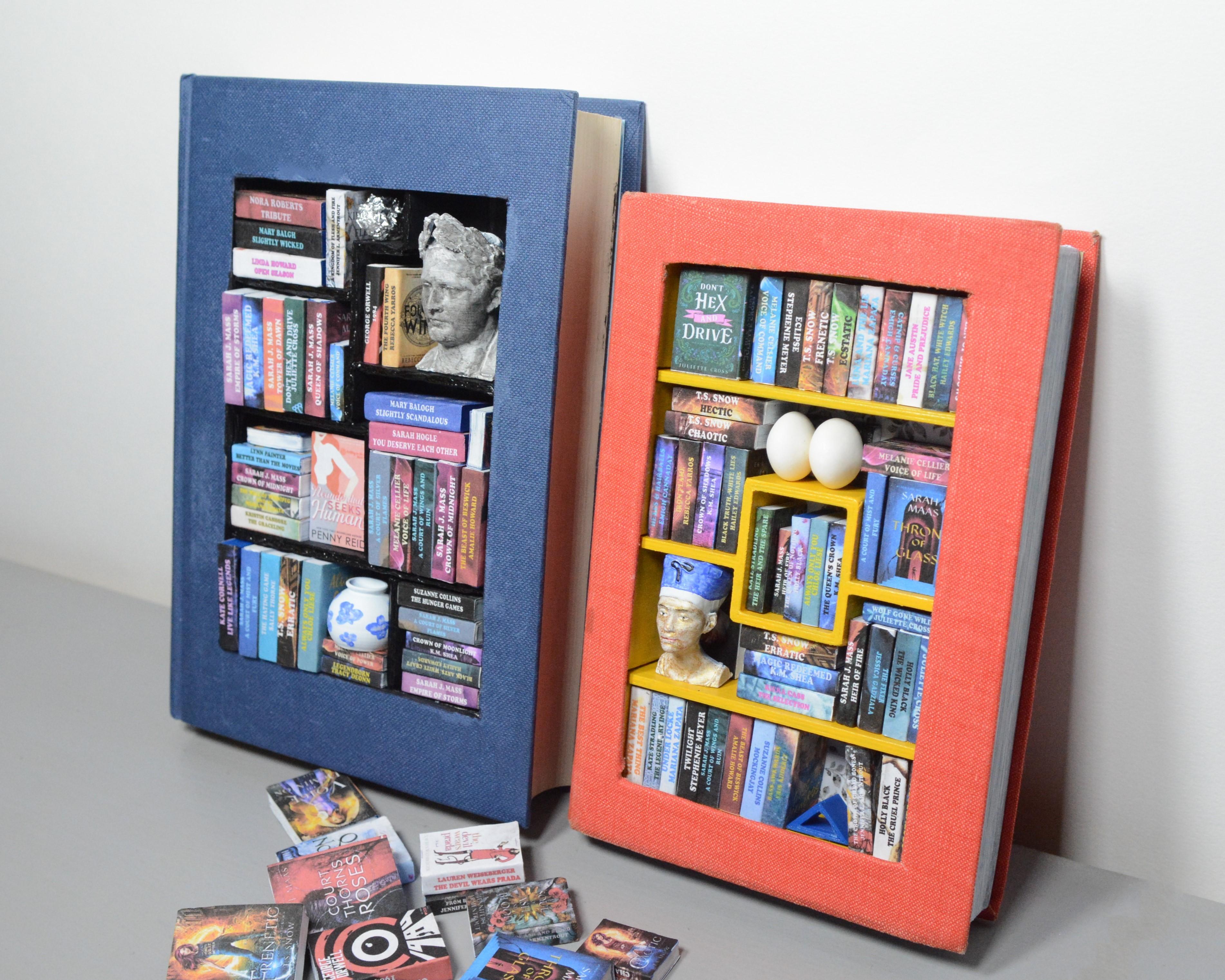
Fill the bookshelf with books in whatever position you want - horizontal, vertical, face-up.
If you don't have enough books to fill in all the spaces and have any bald spots, or if you just want to add some variety to the bookshelf, you can place some small trinkets like dollhouse miniatures, or crystals or tiny figurines of 3D printed pieces.